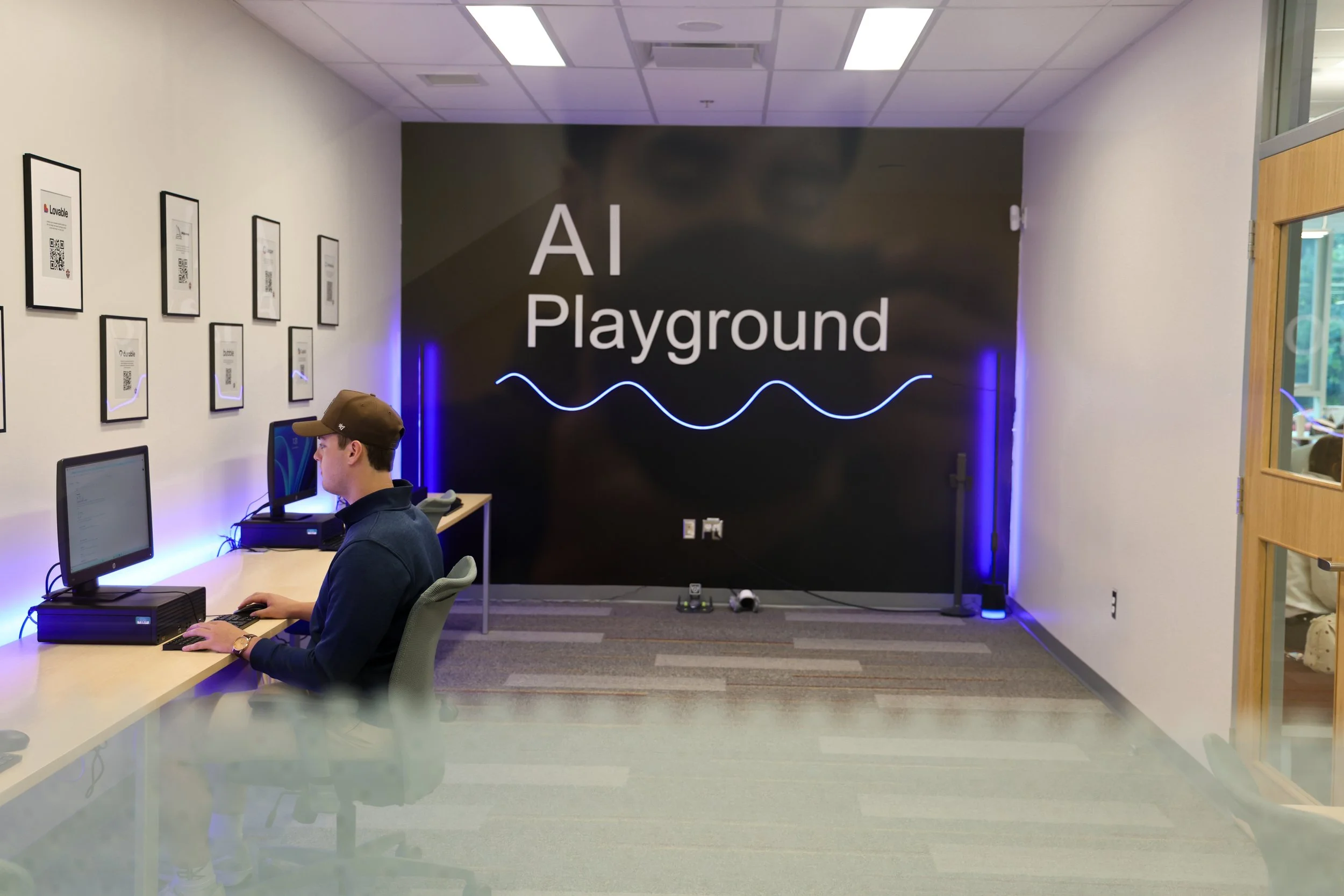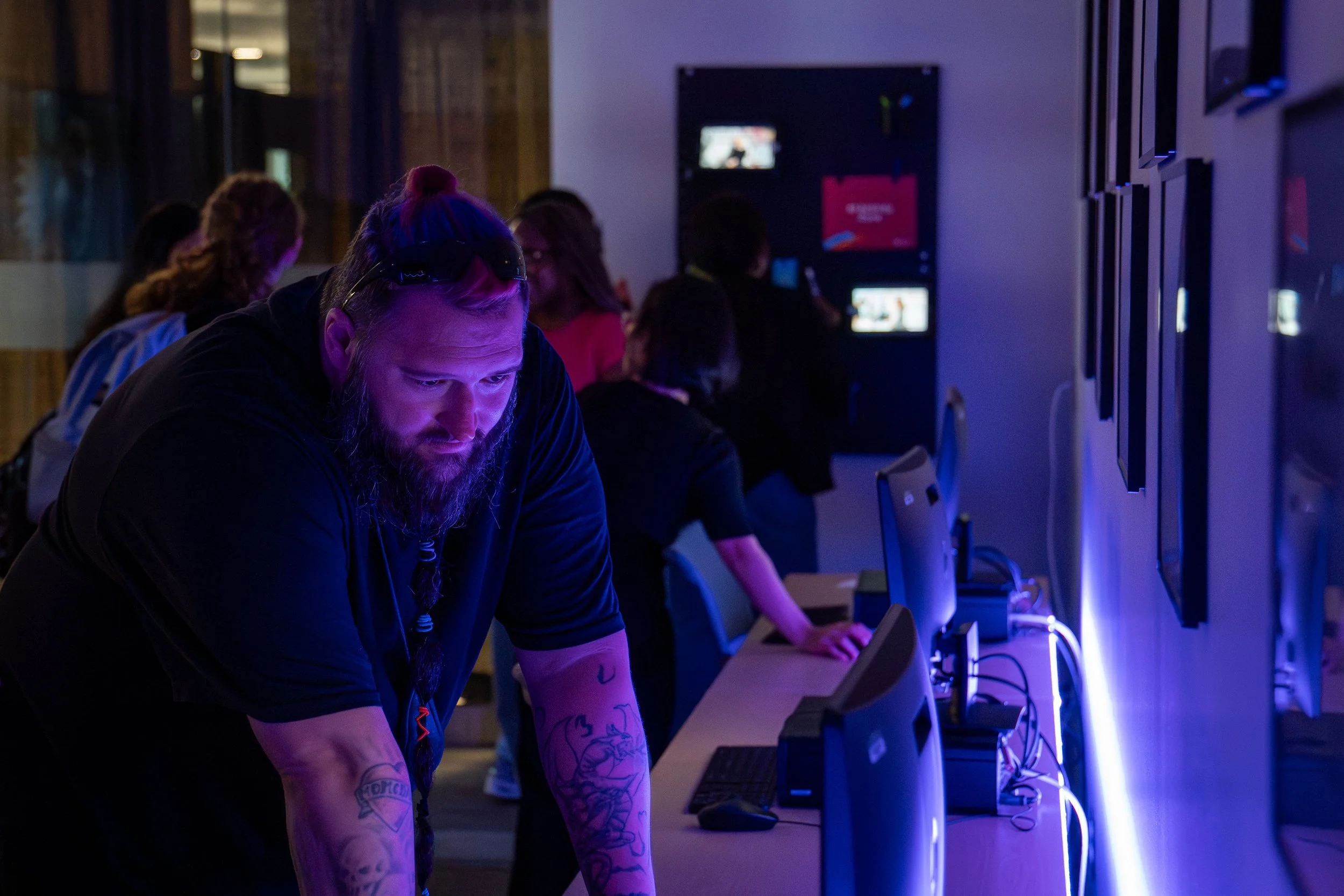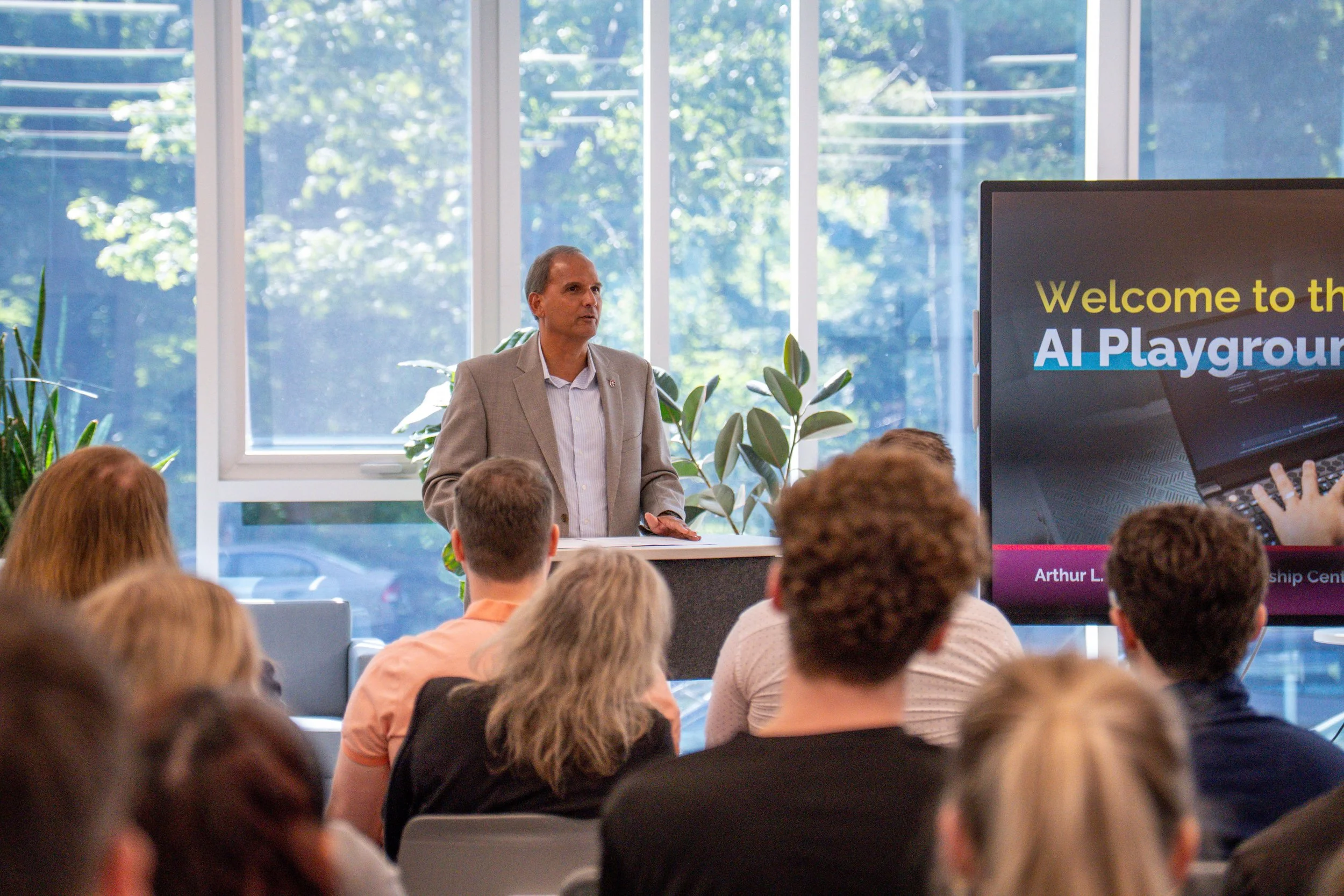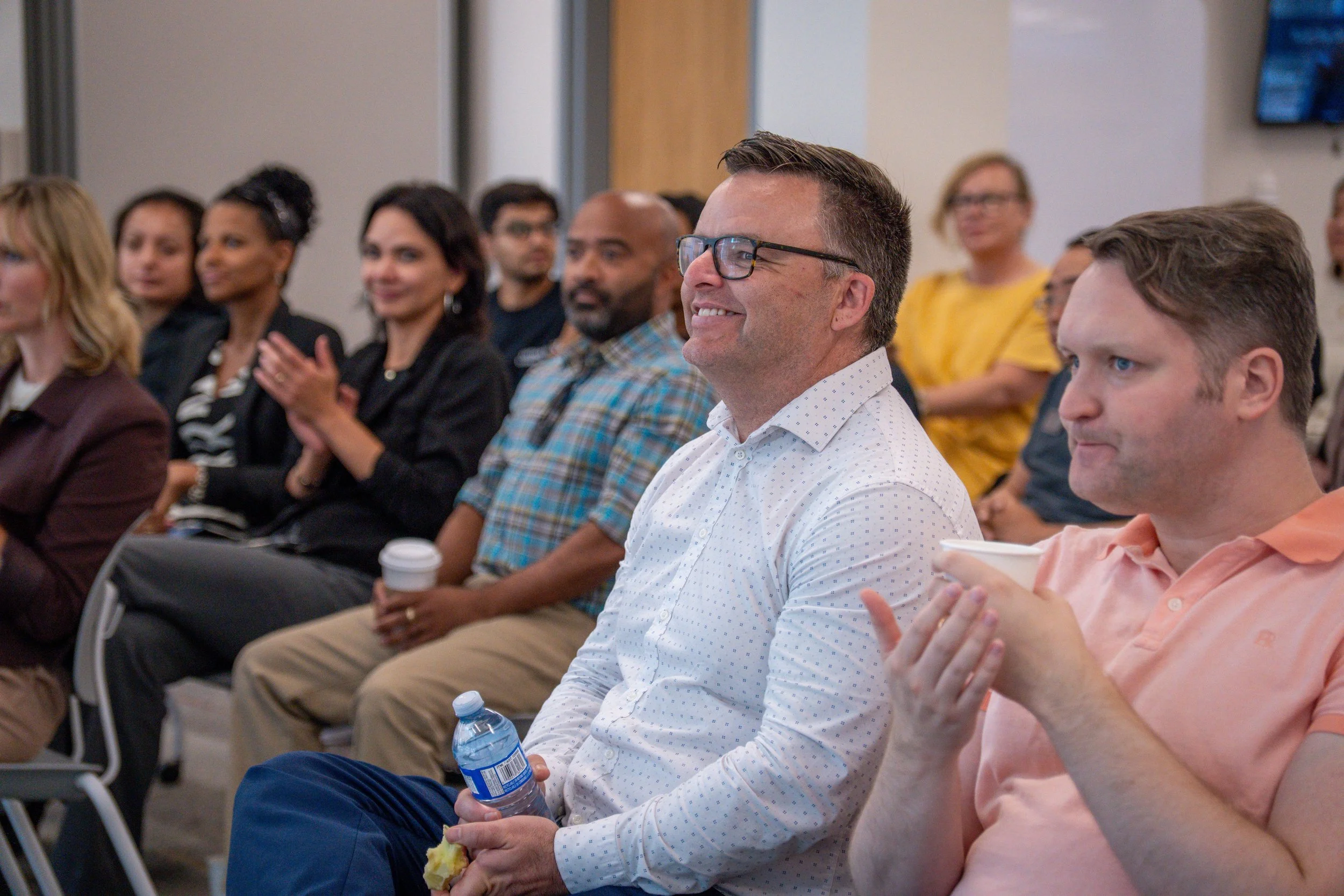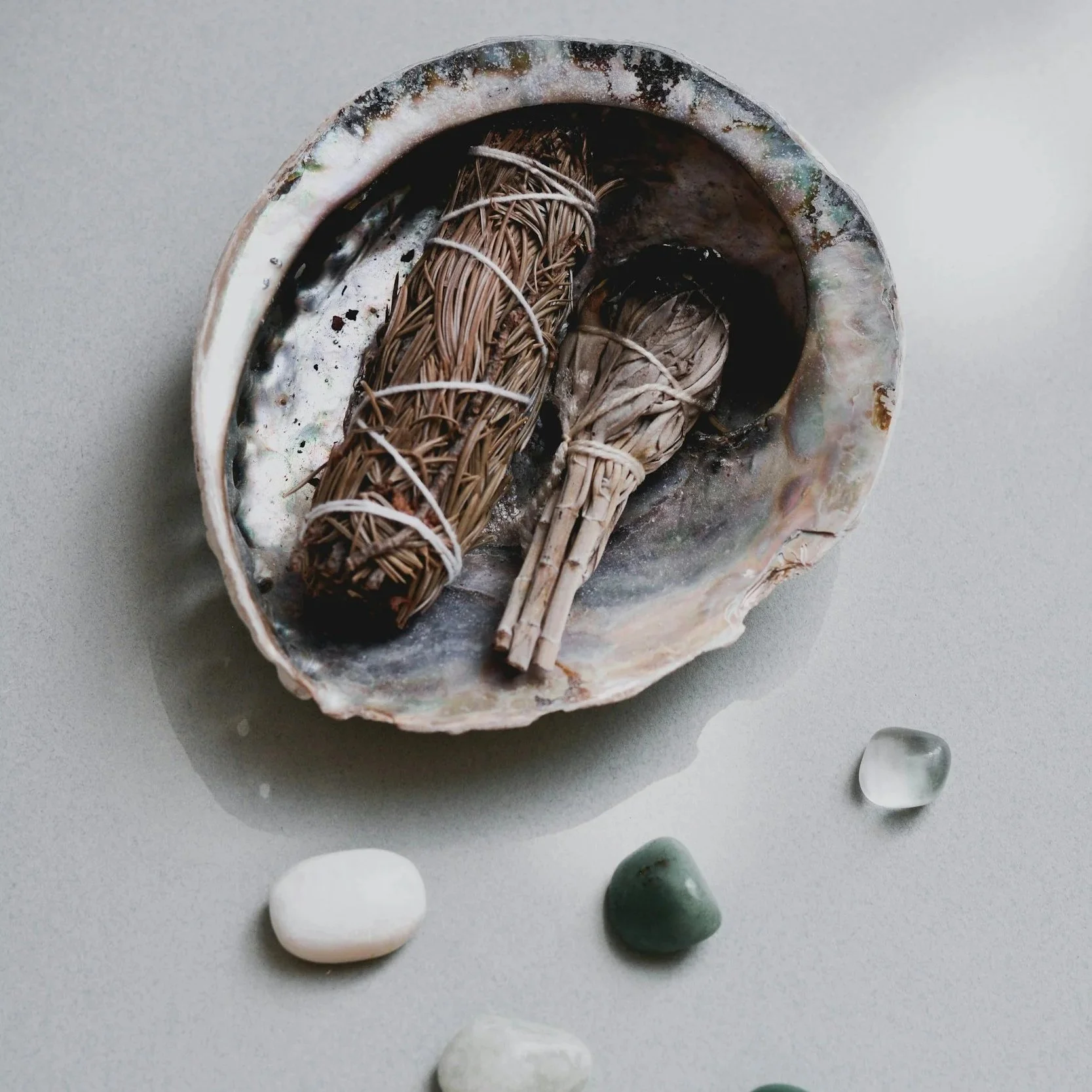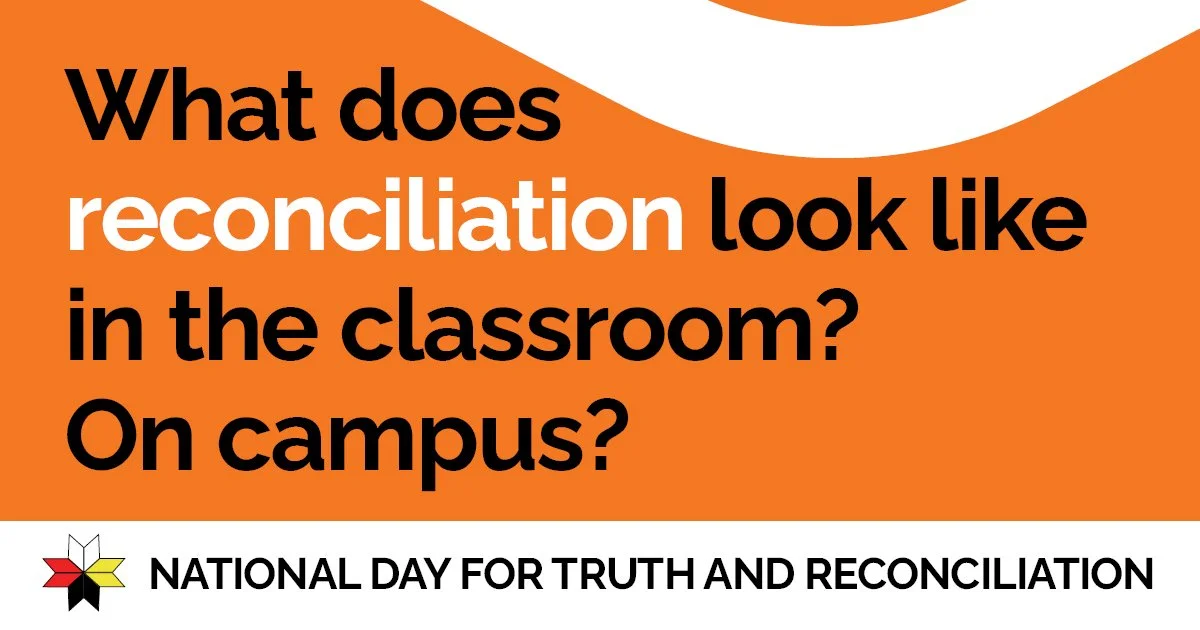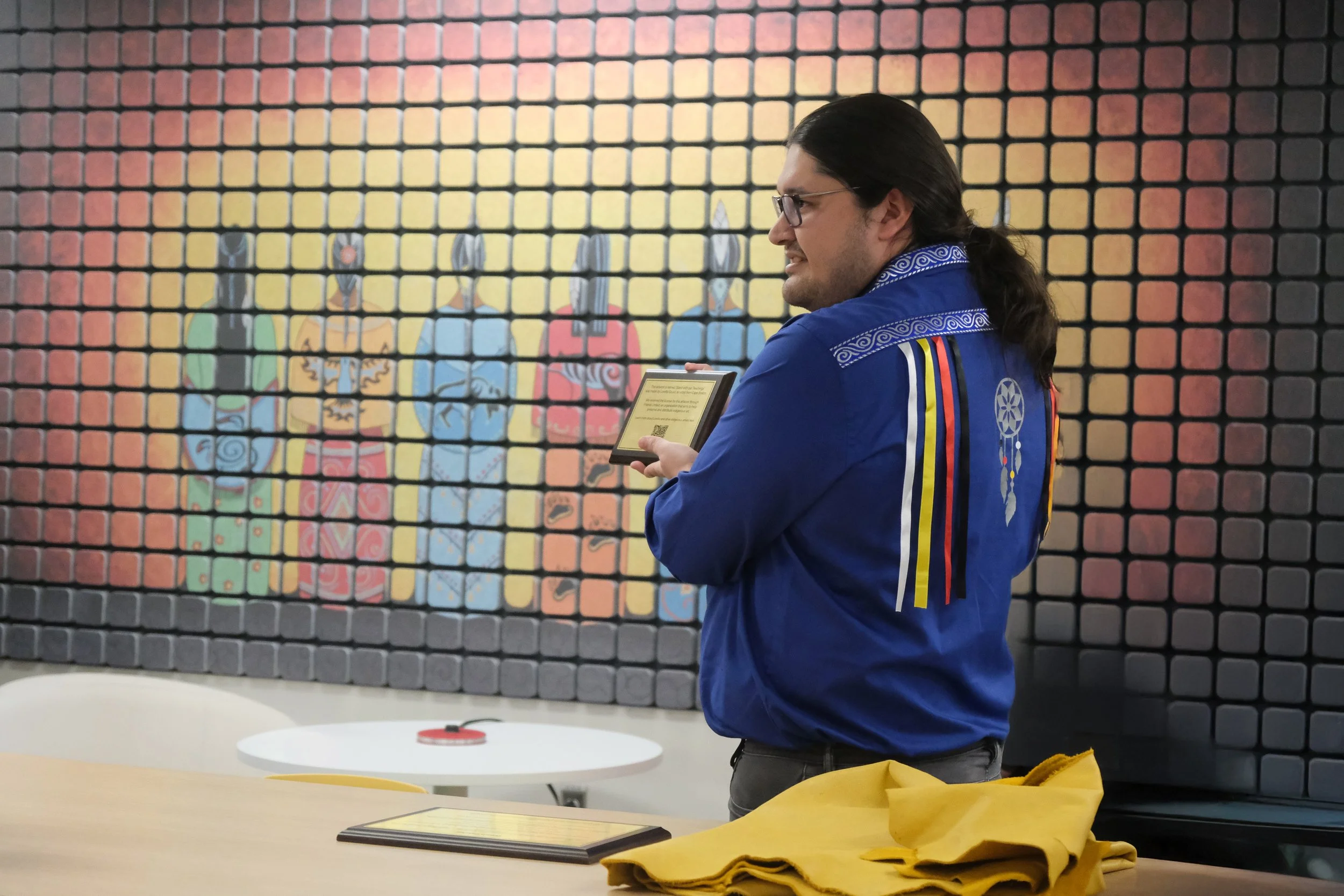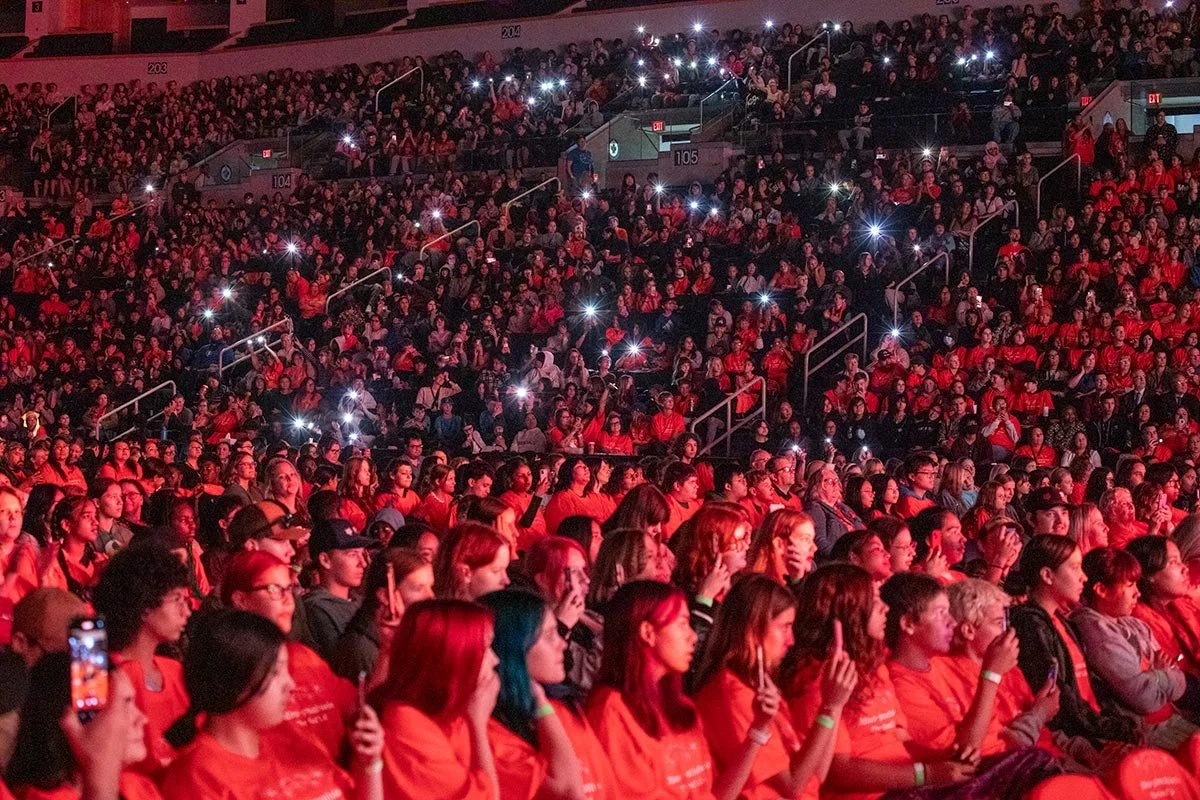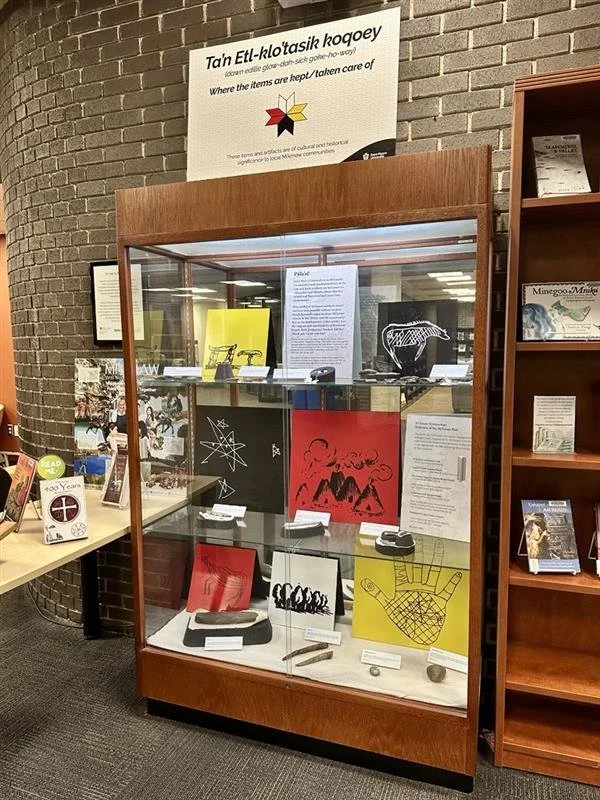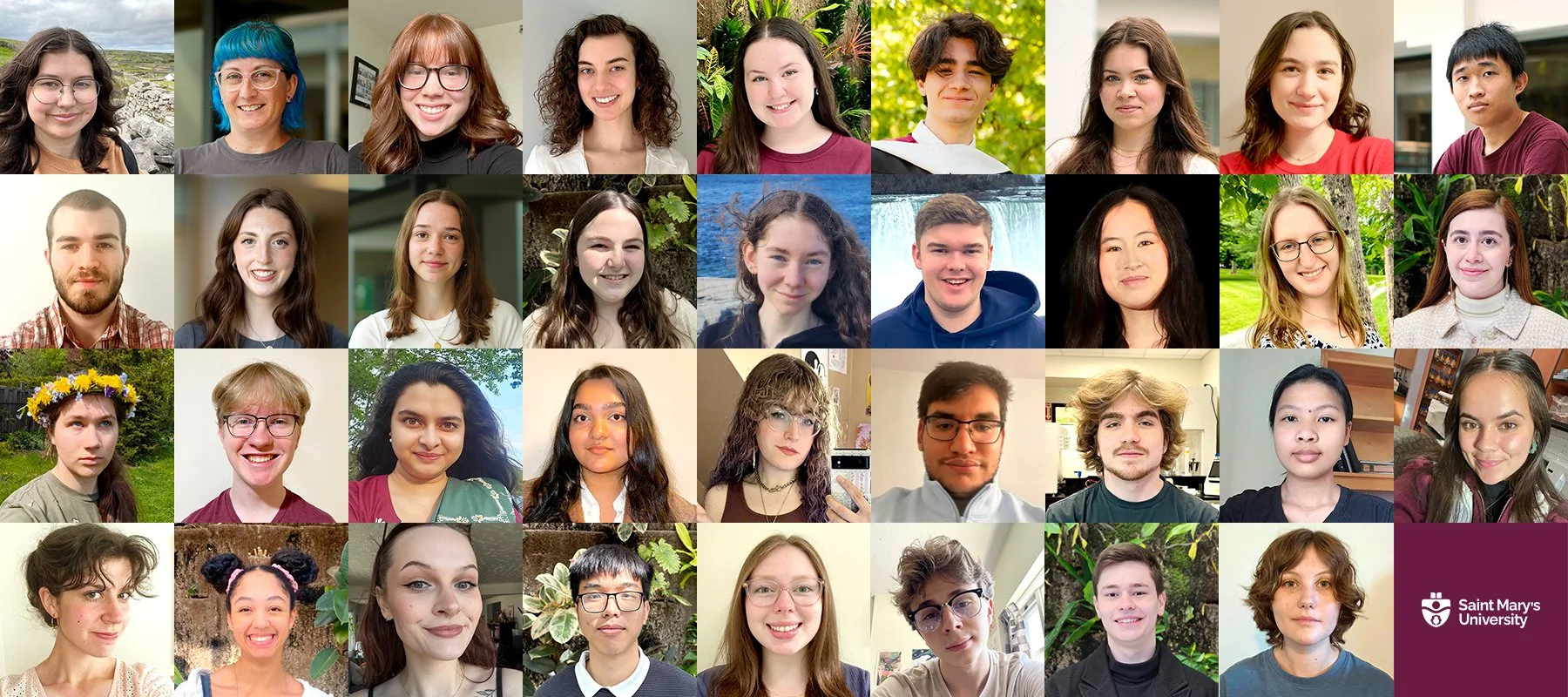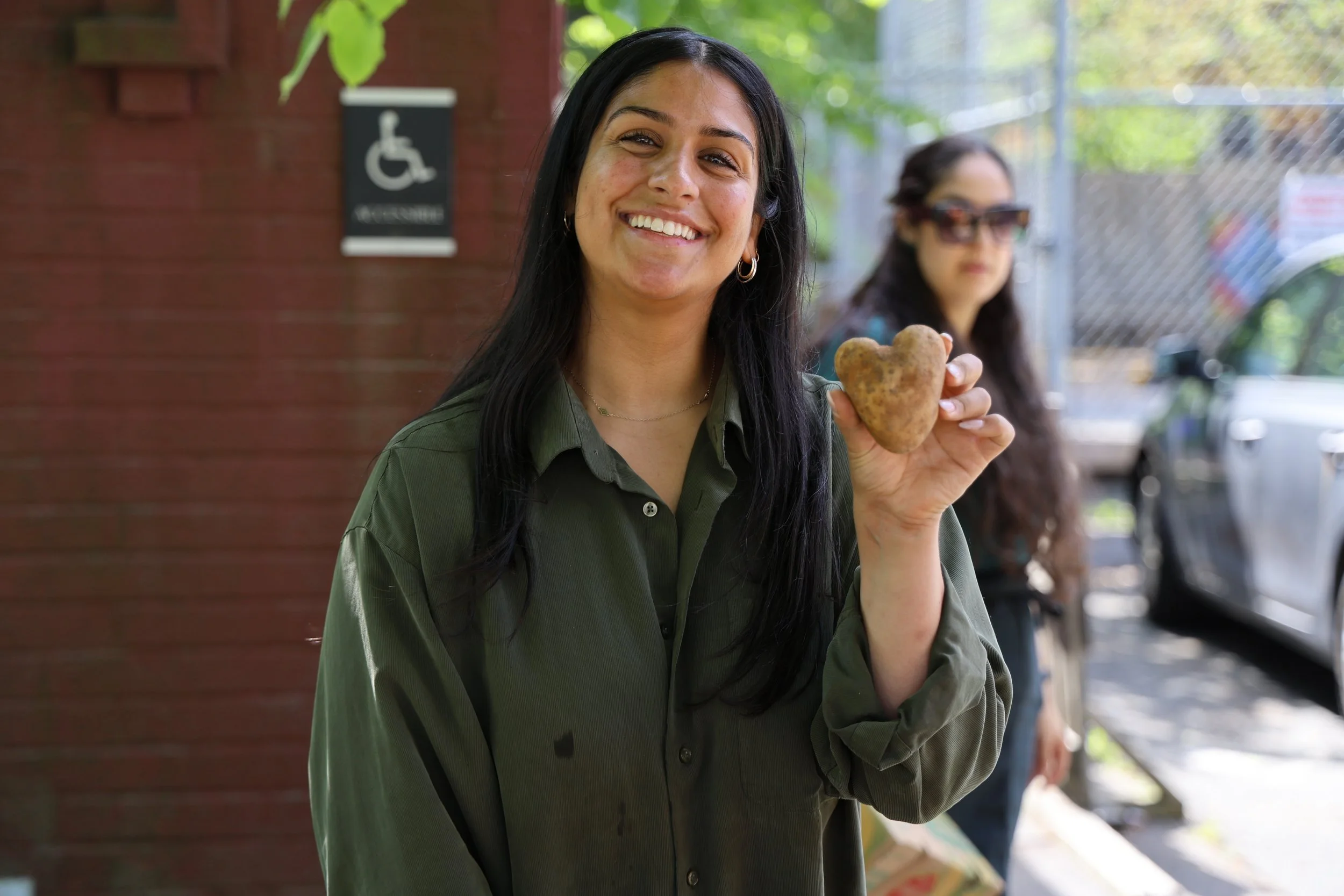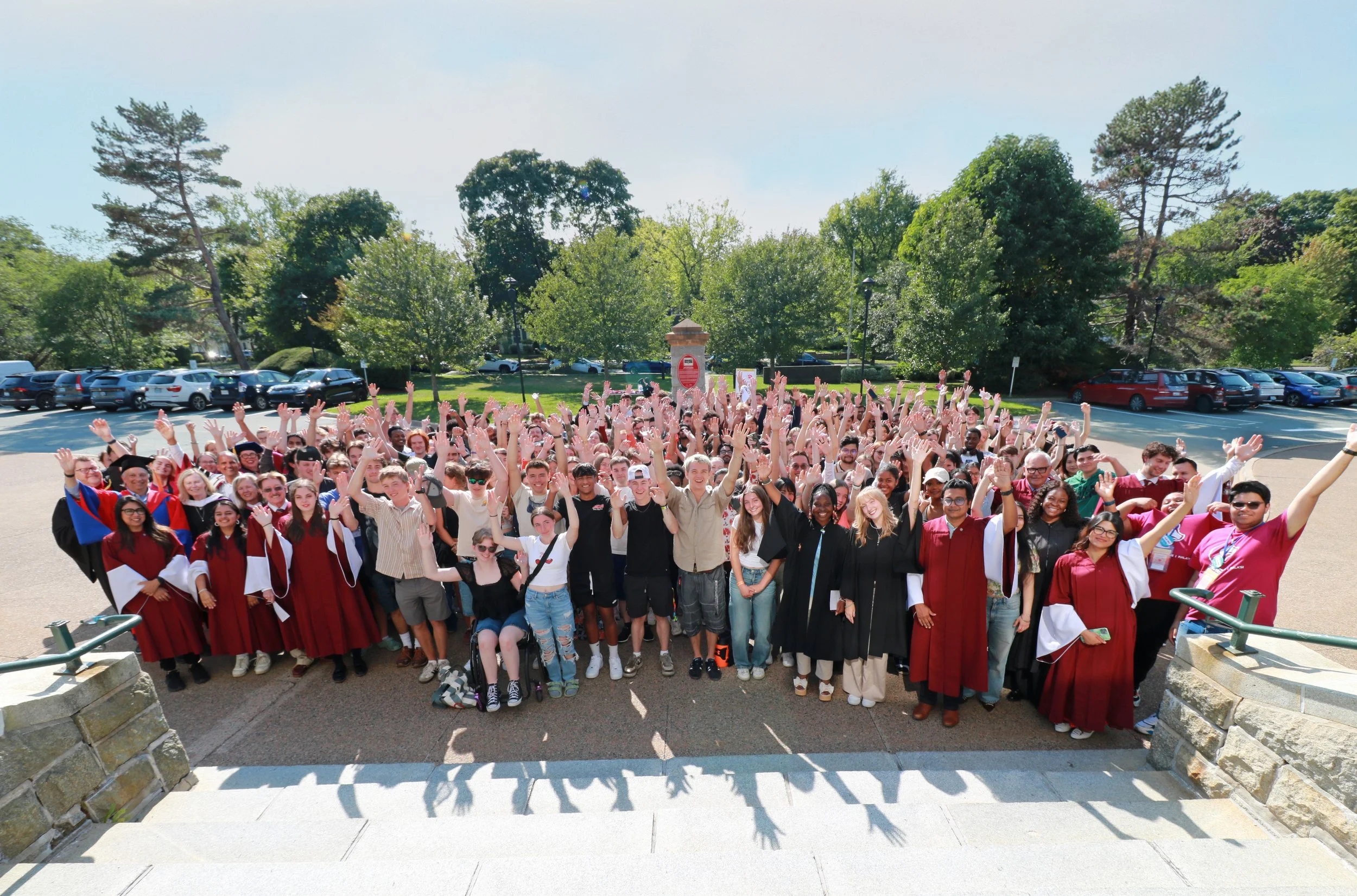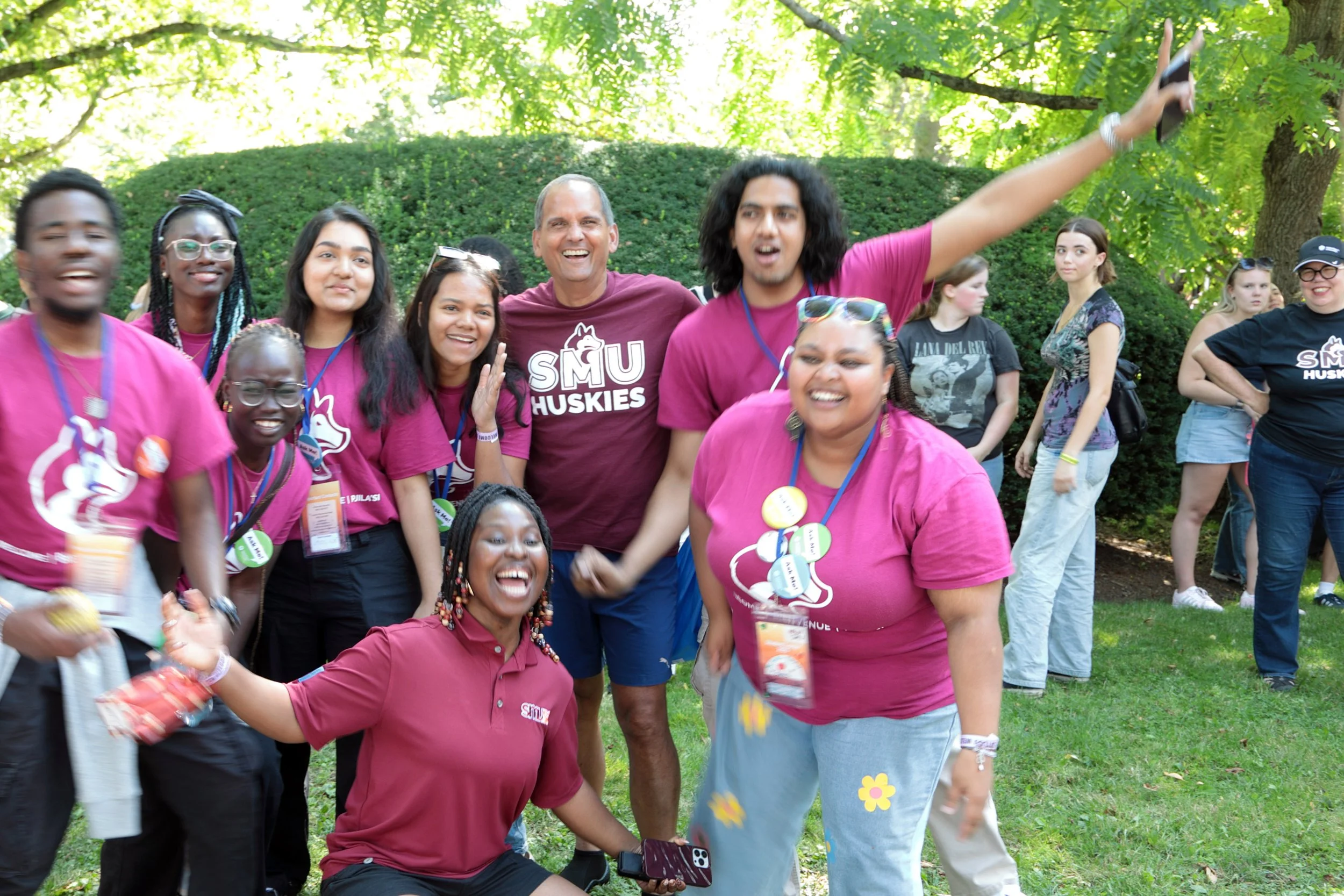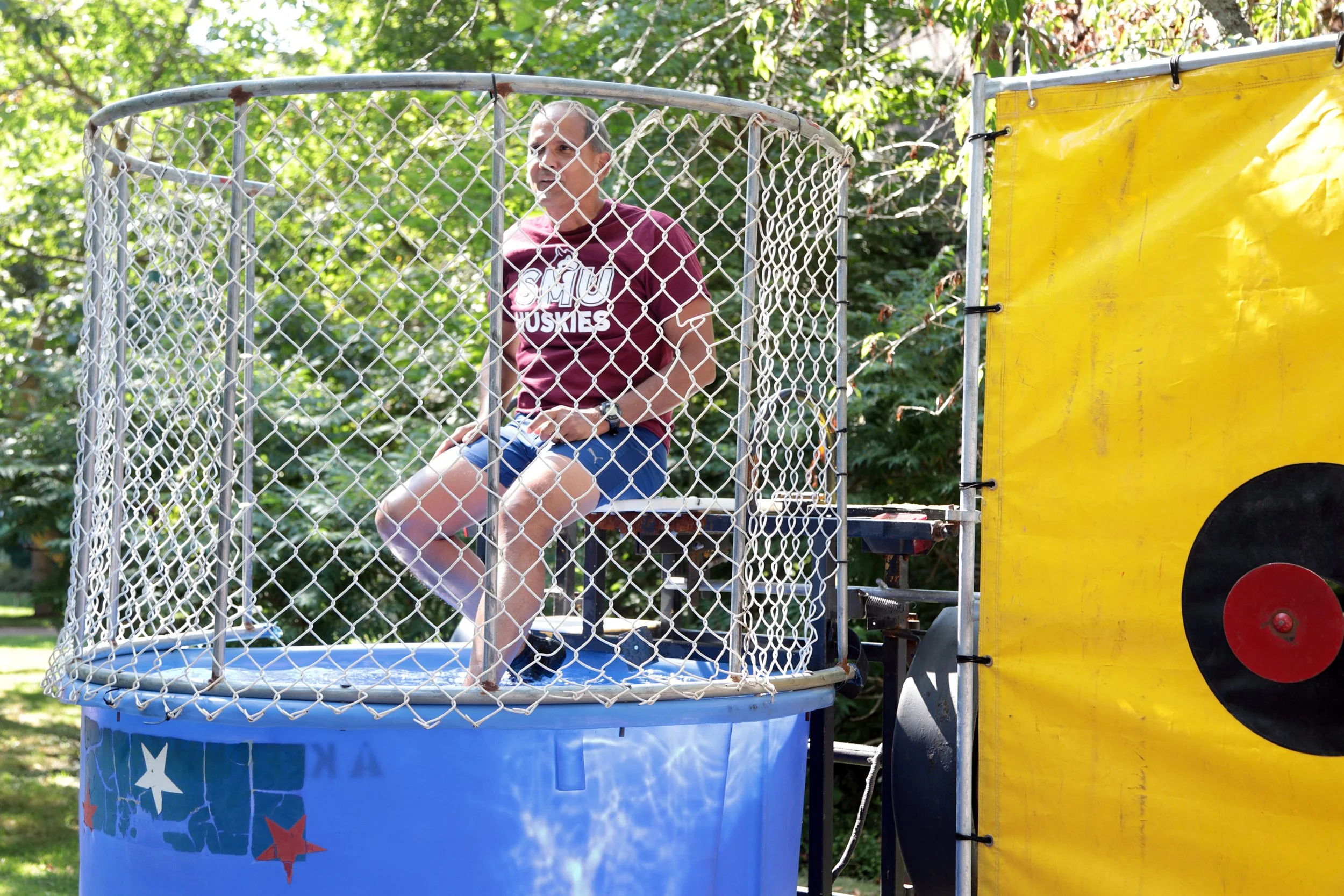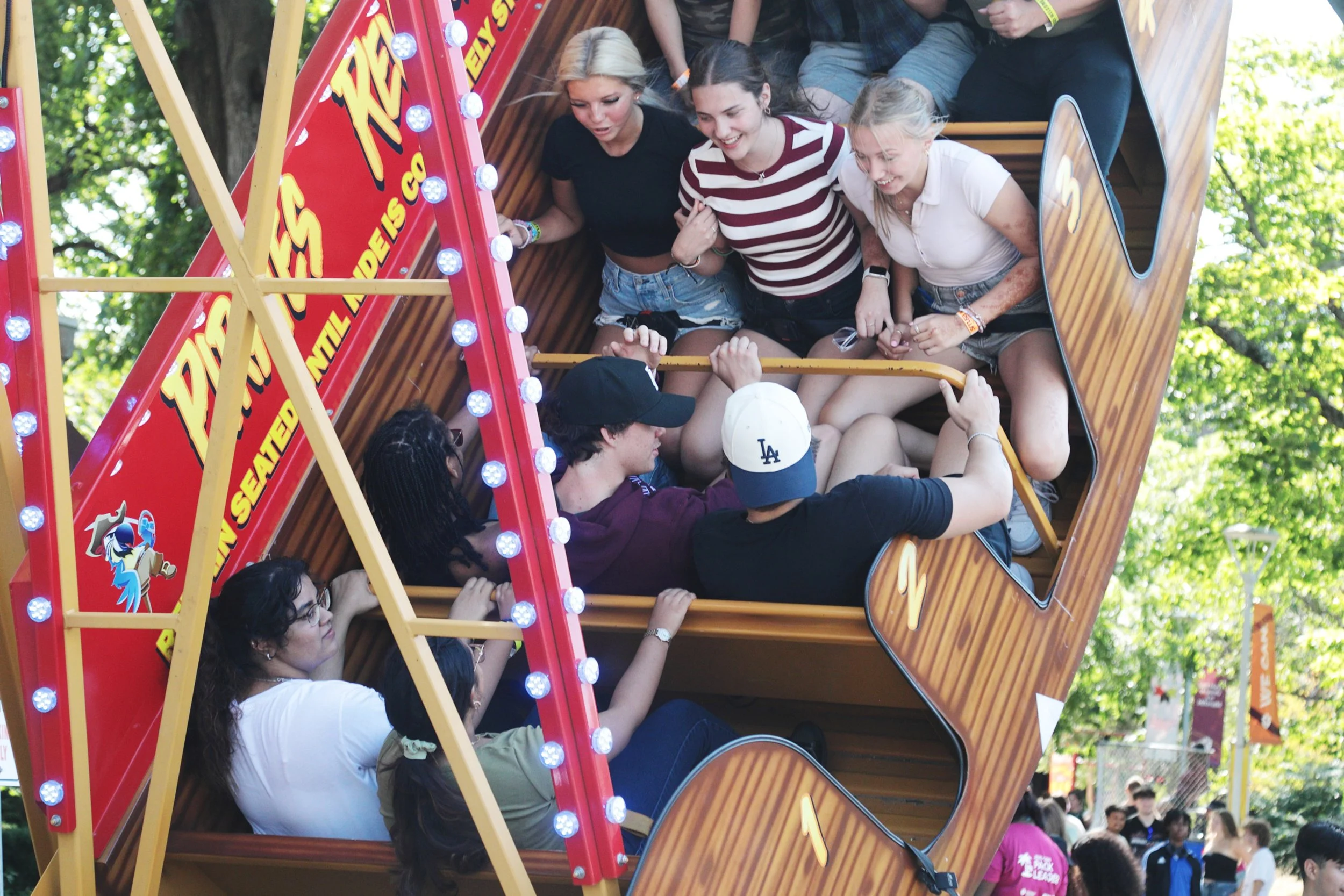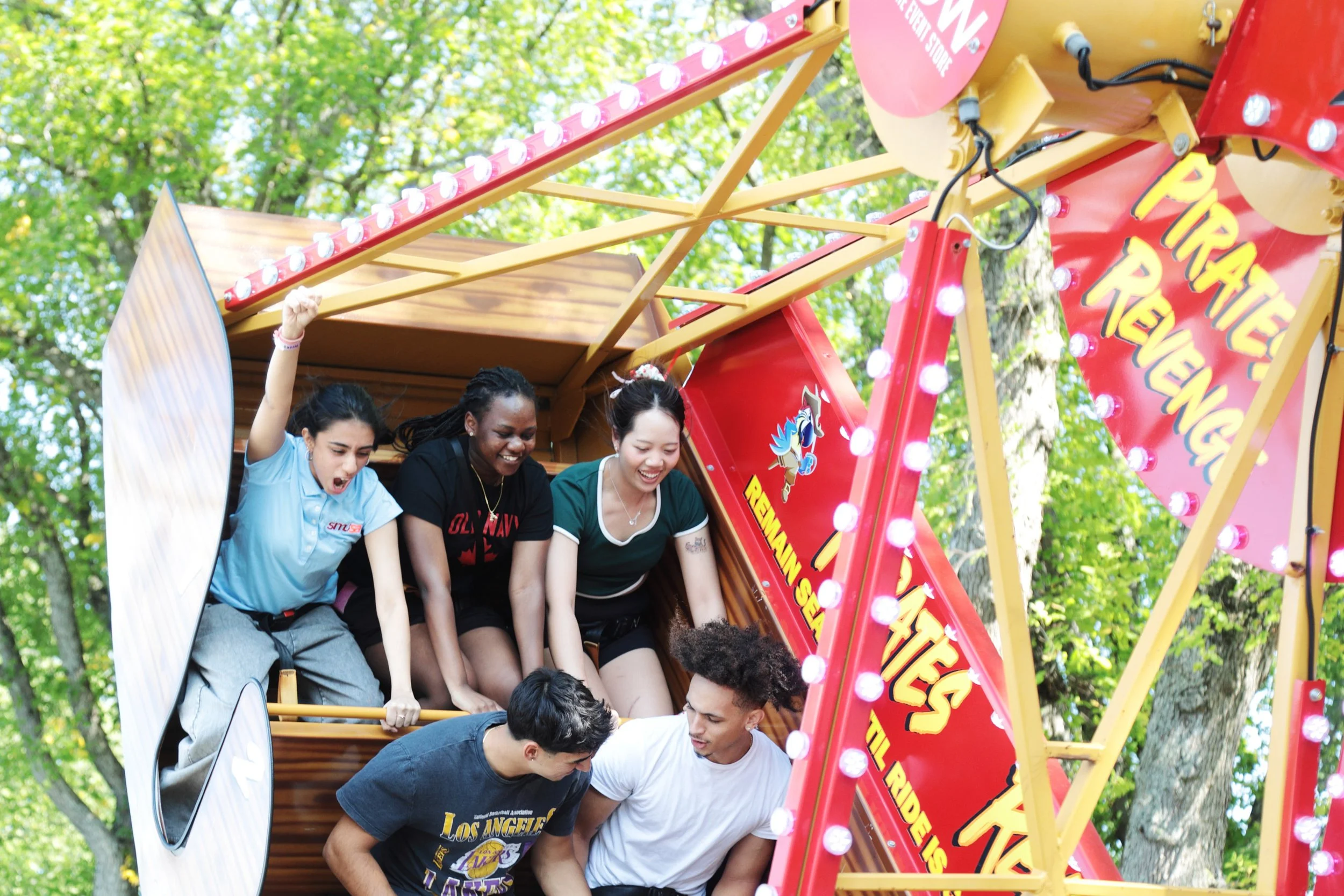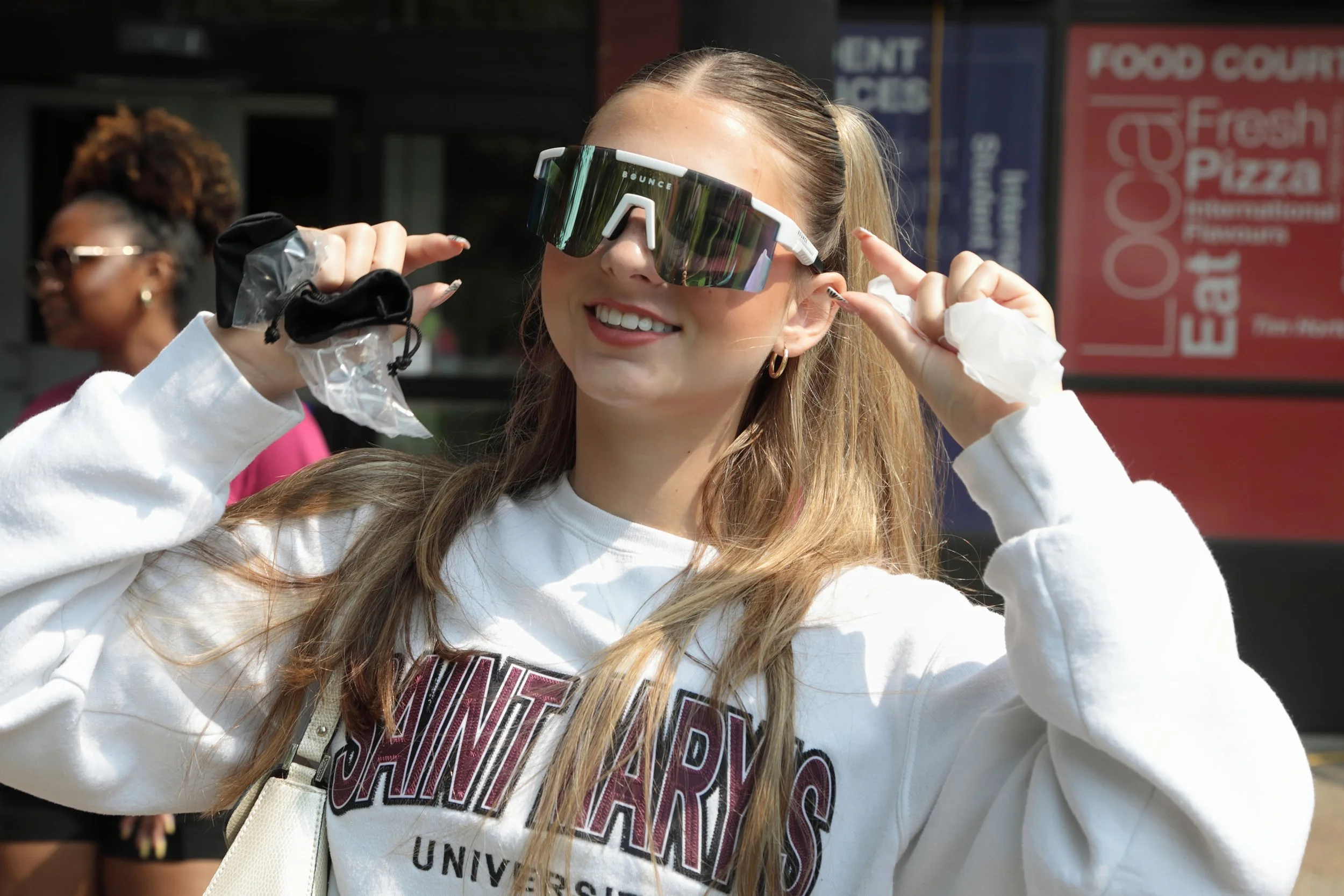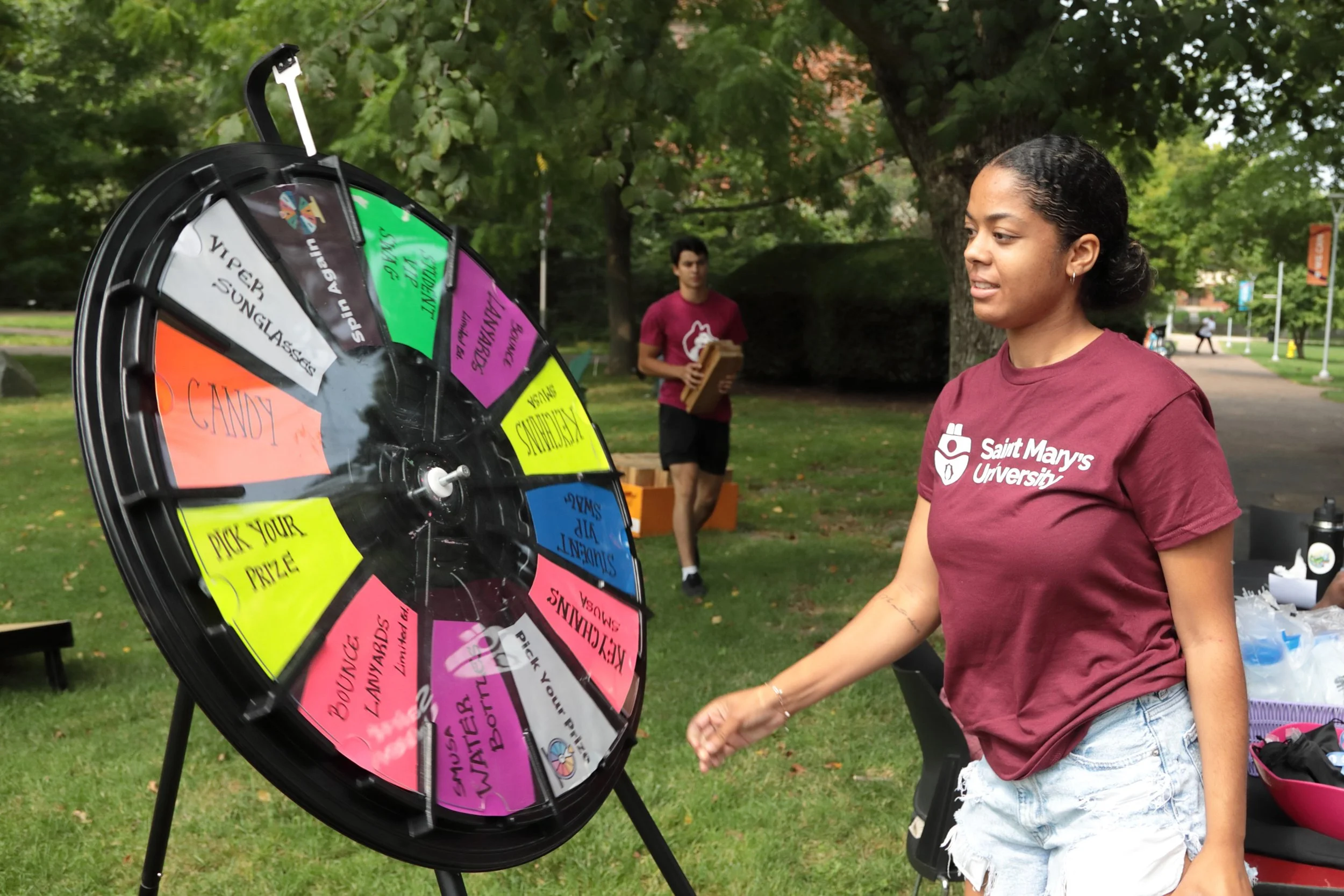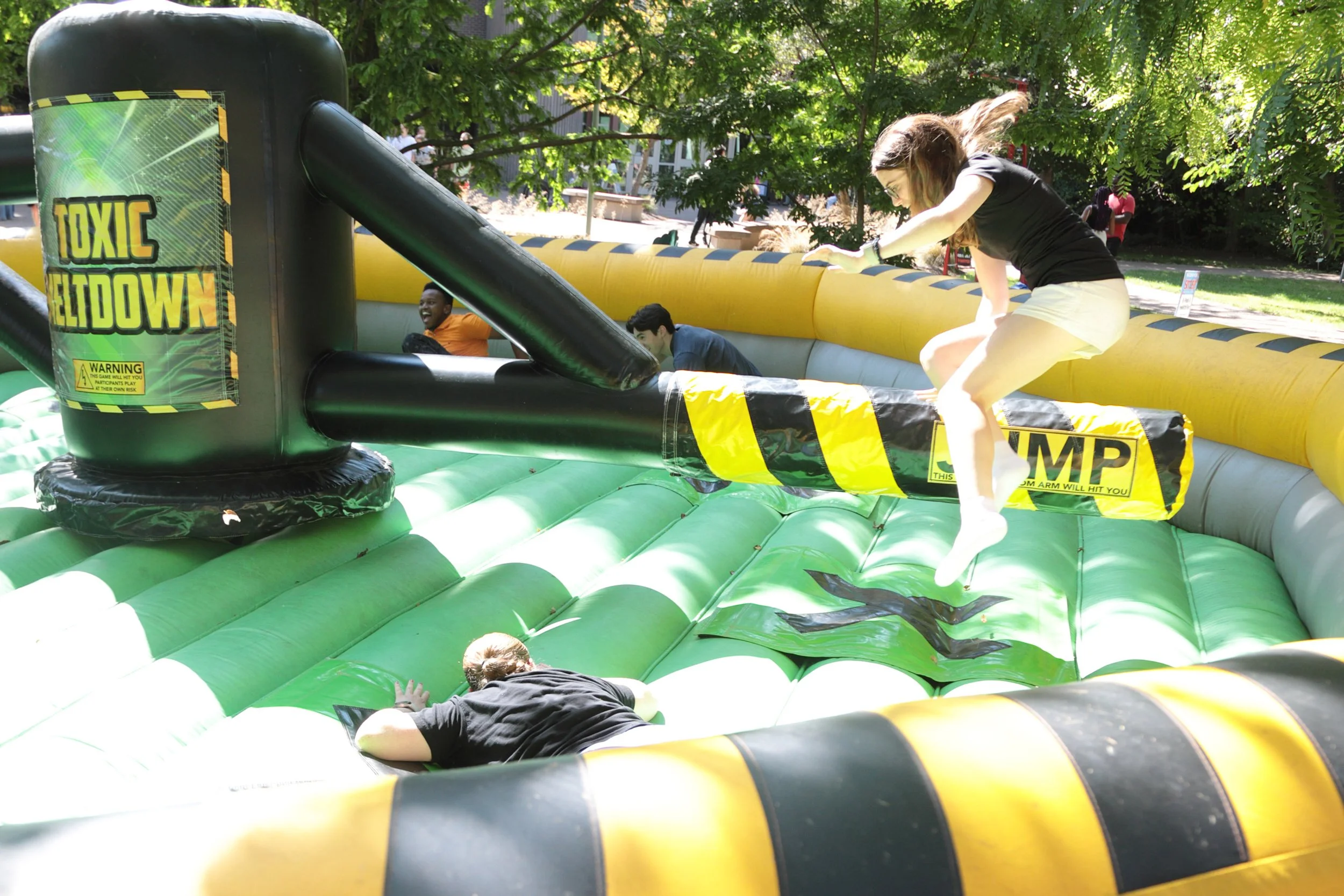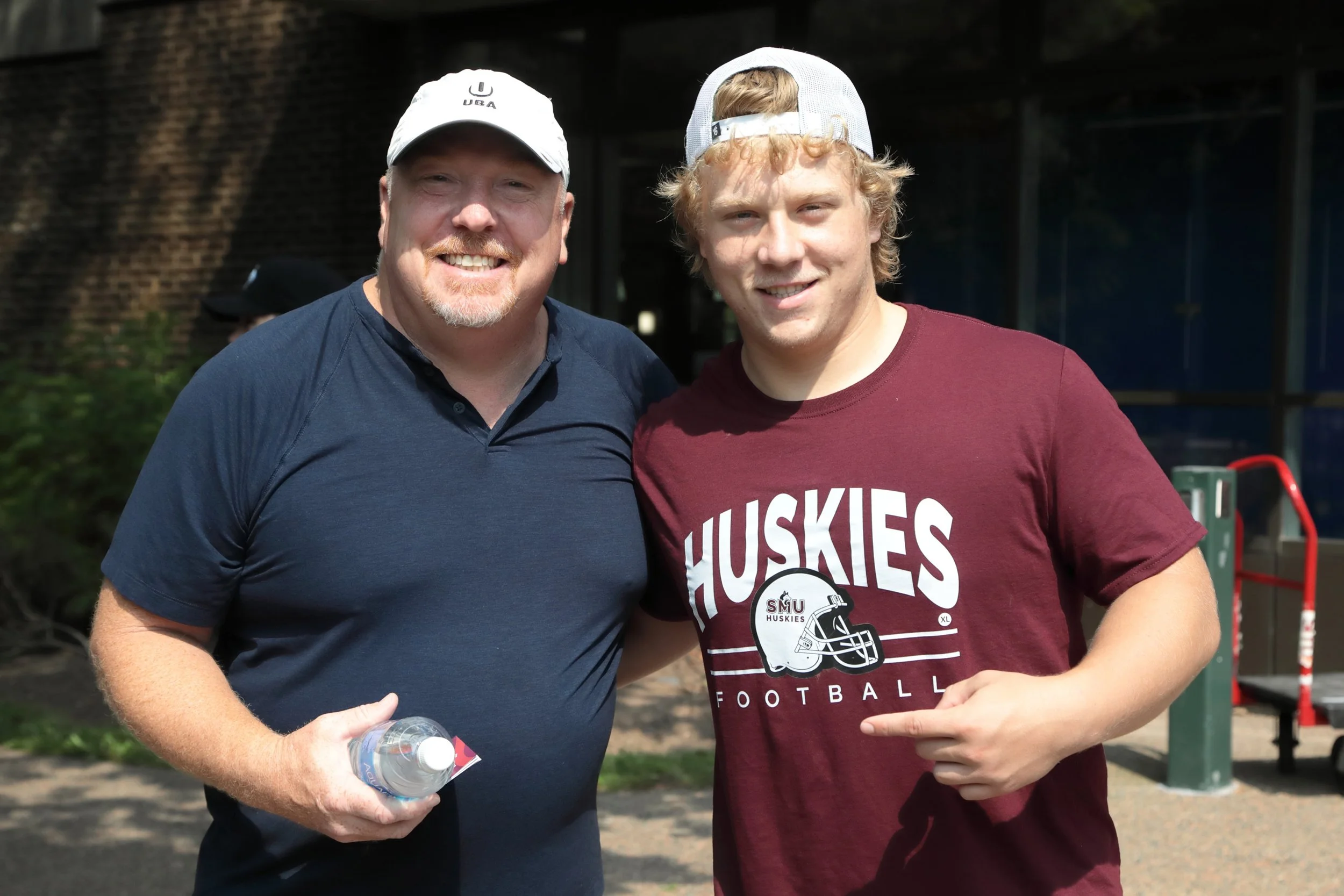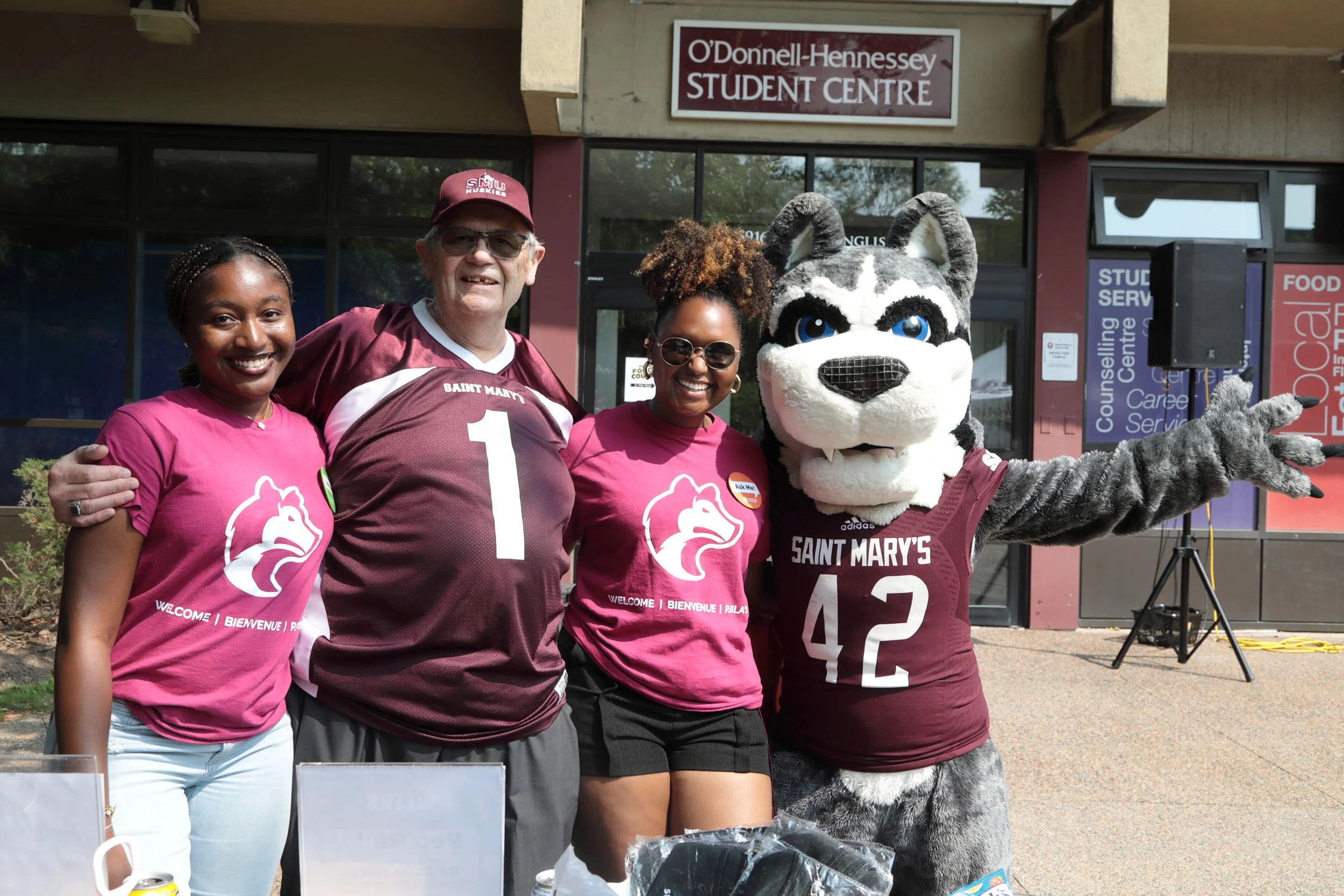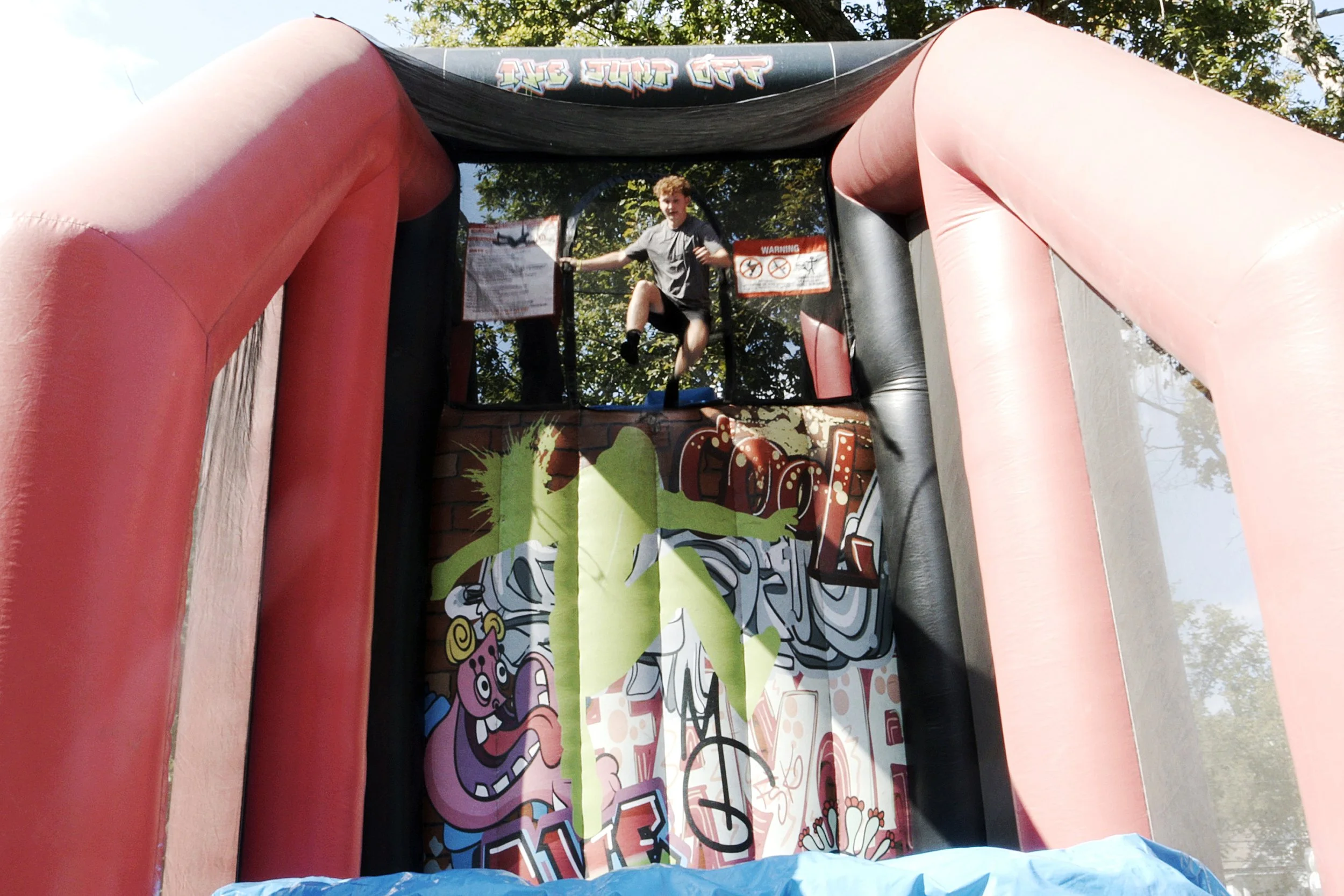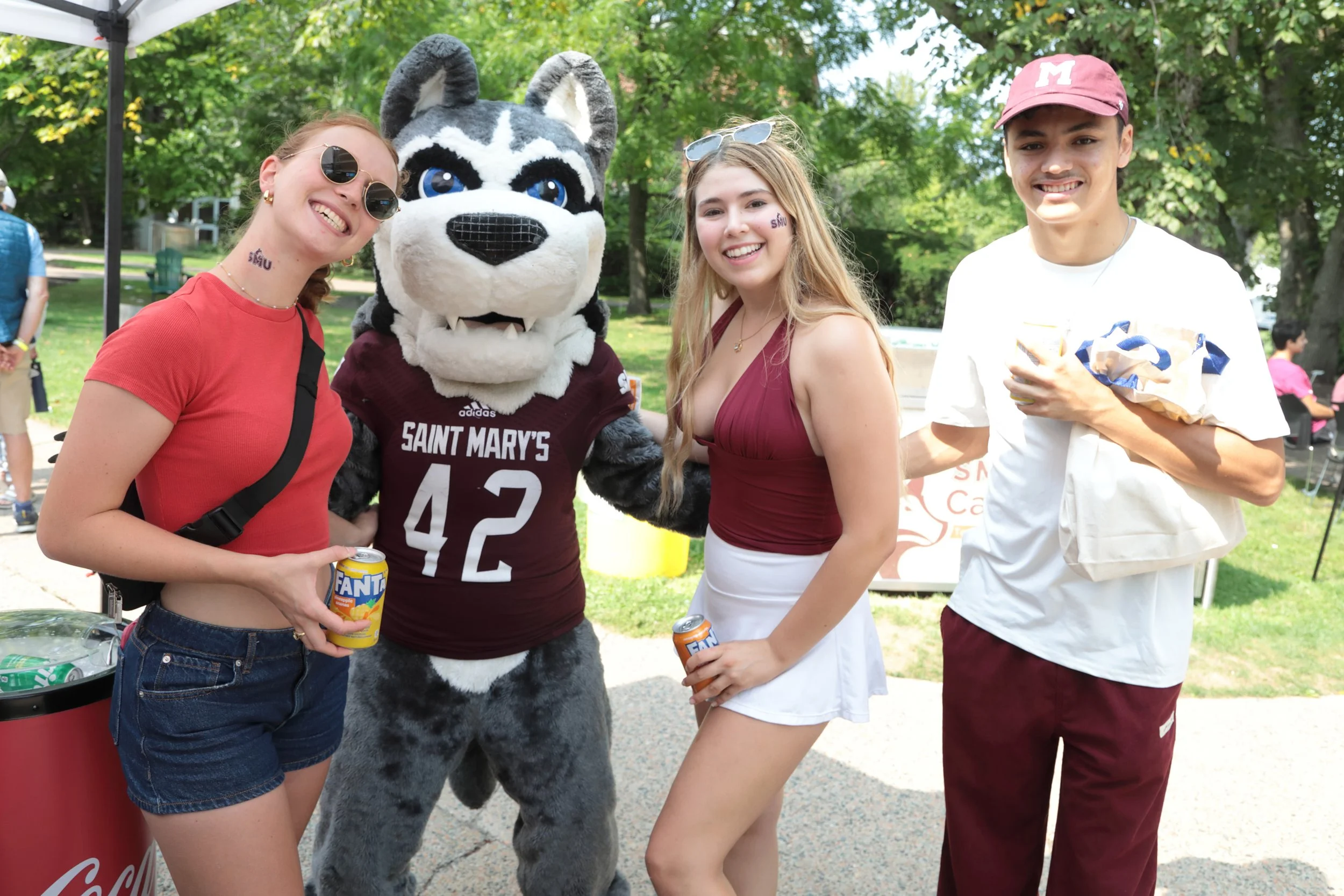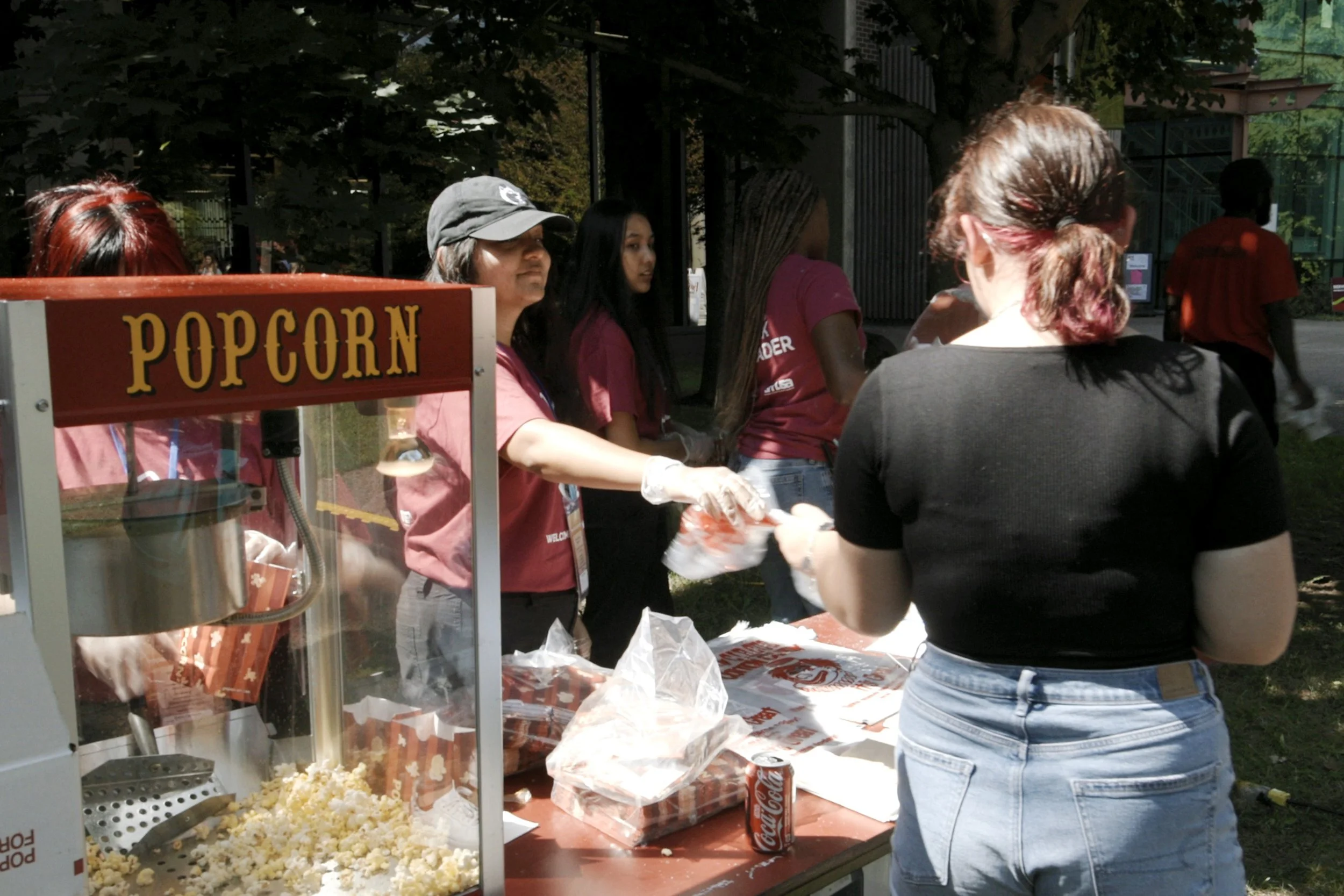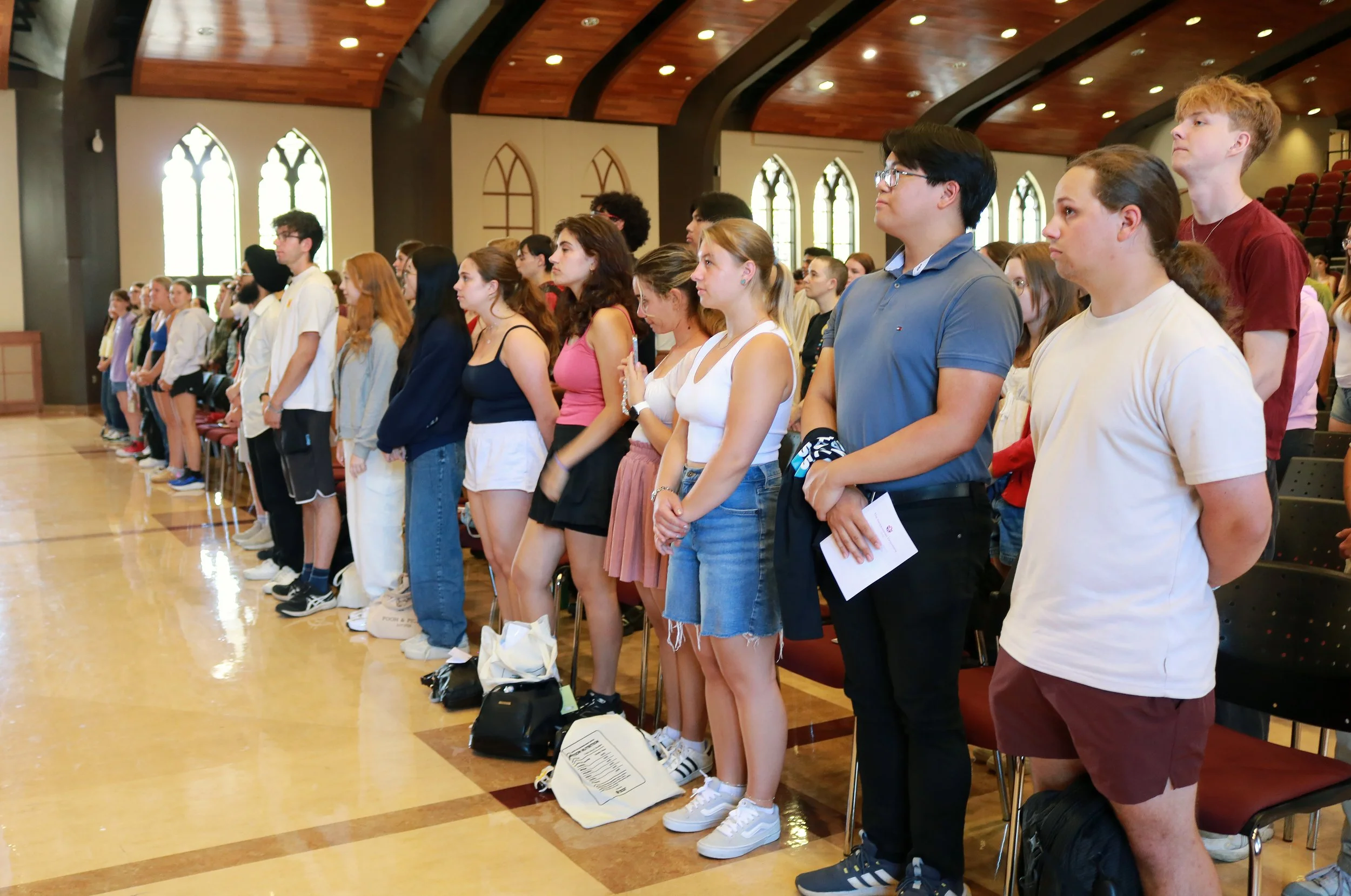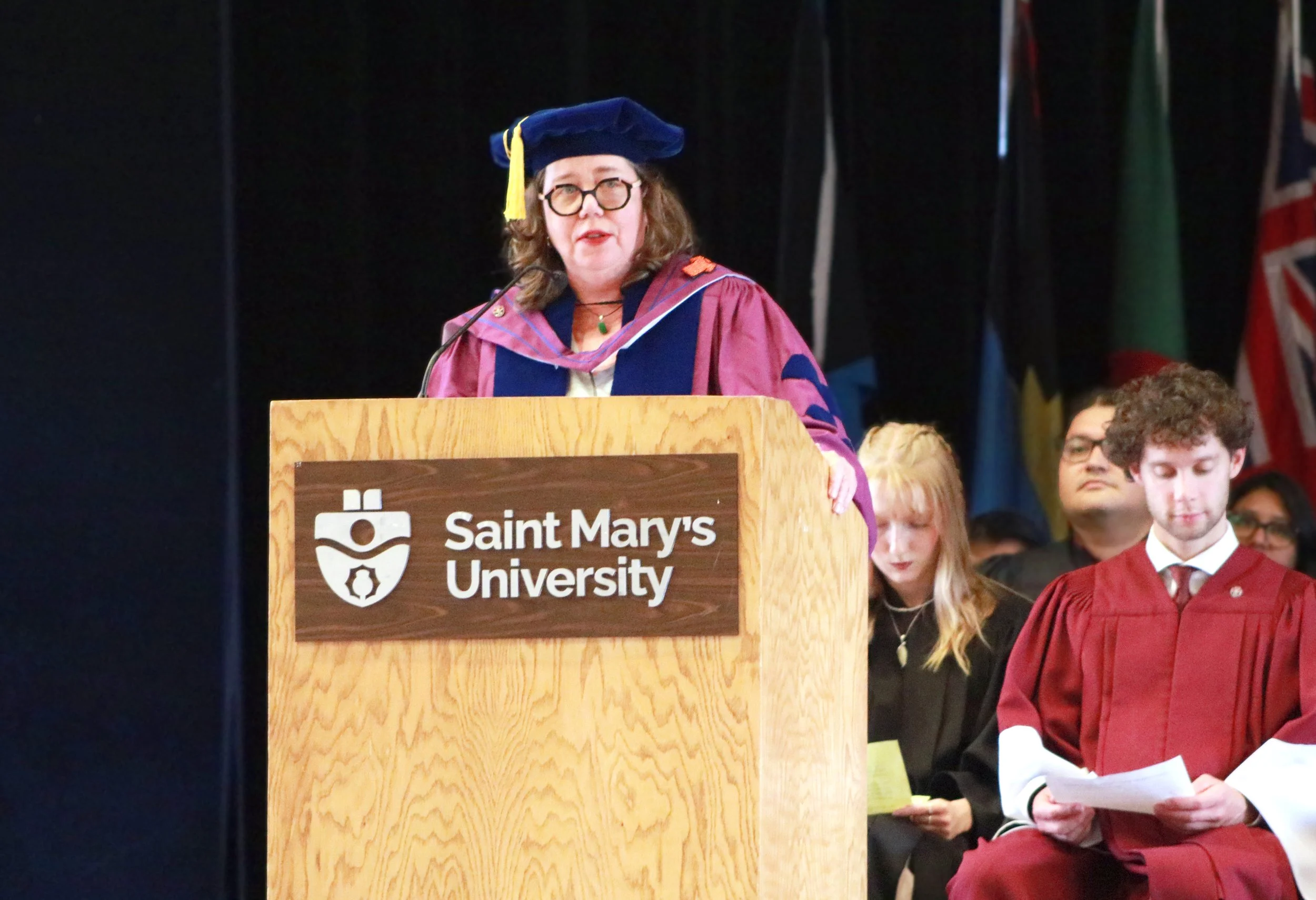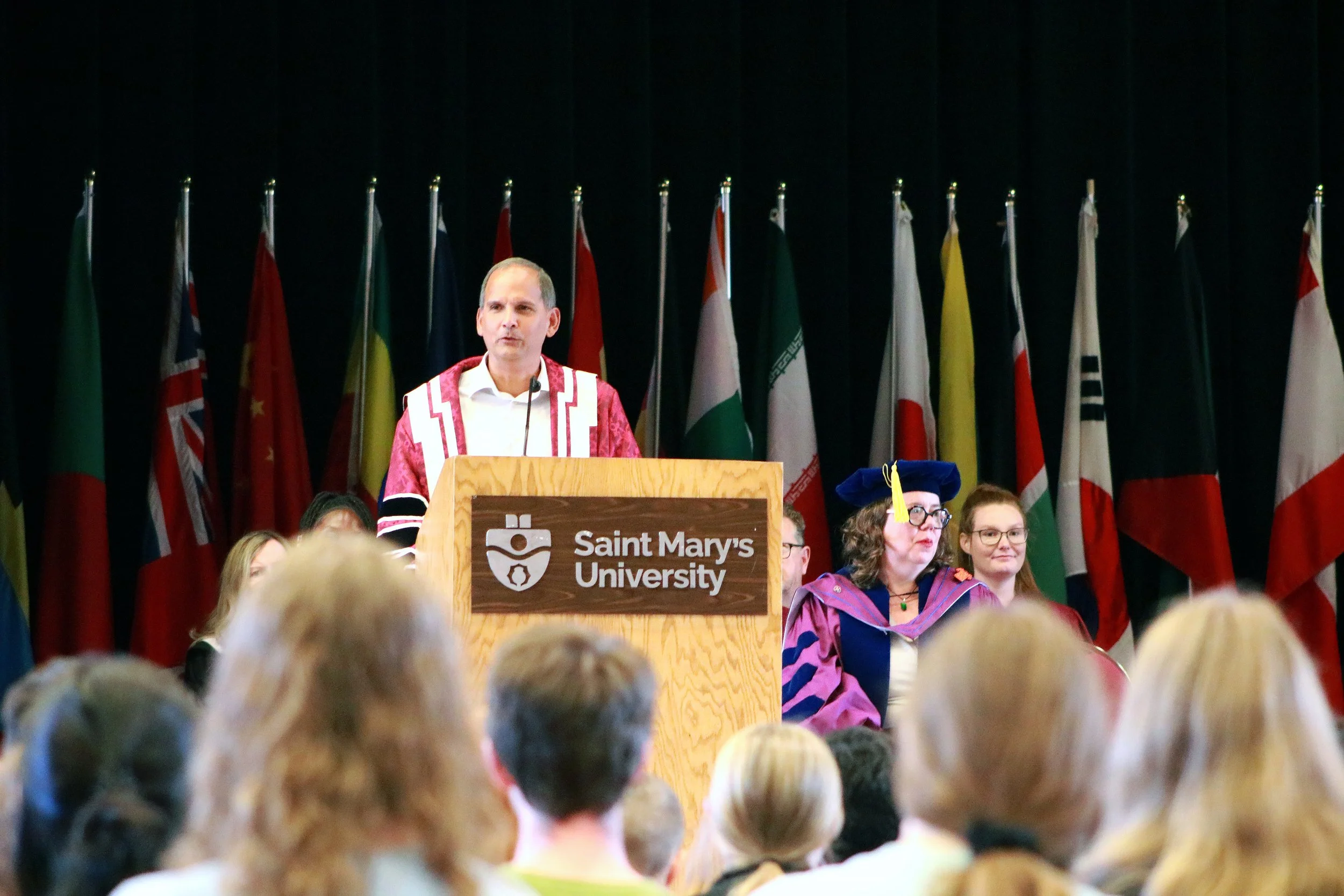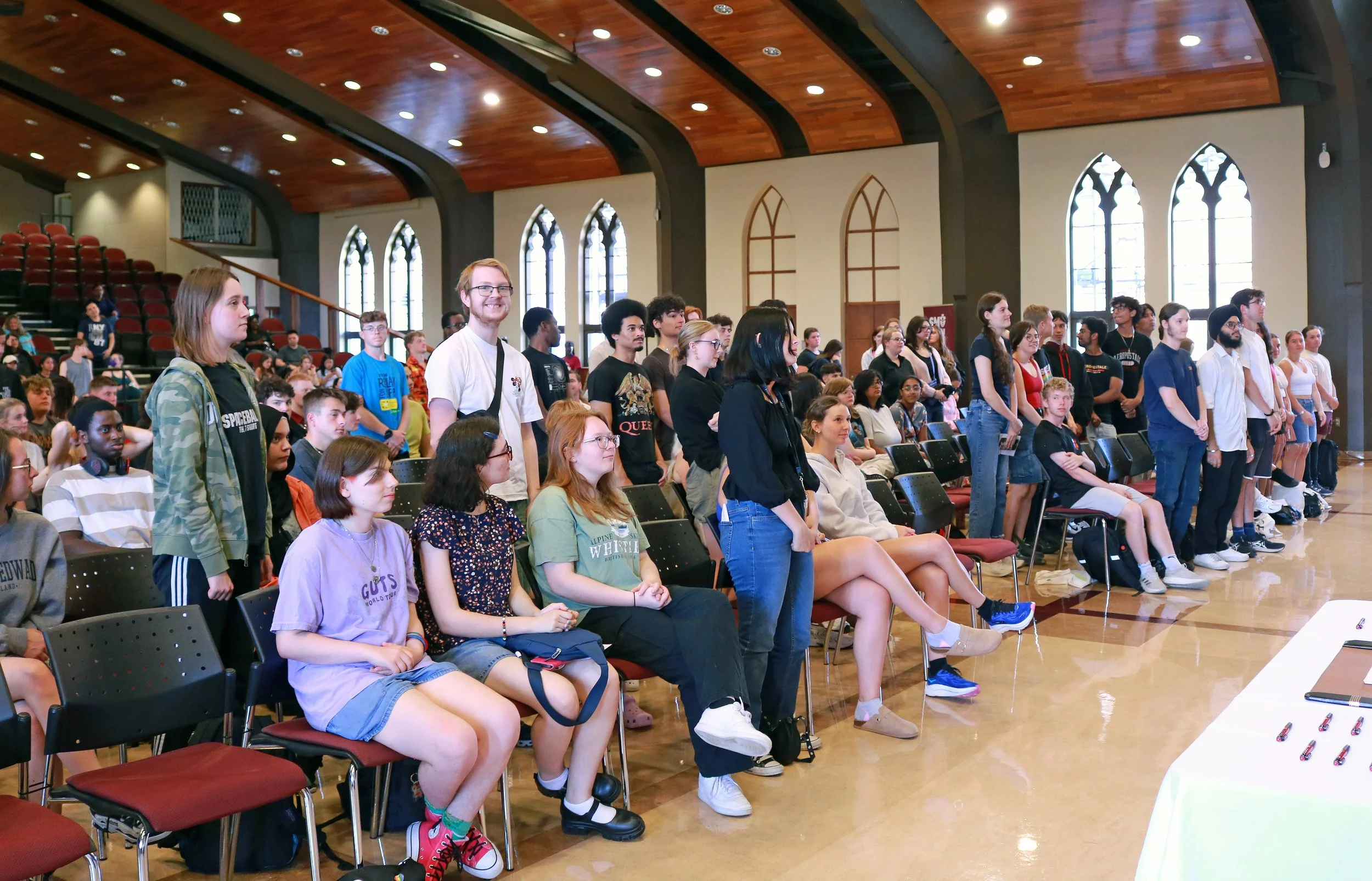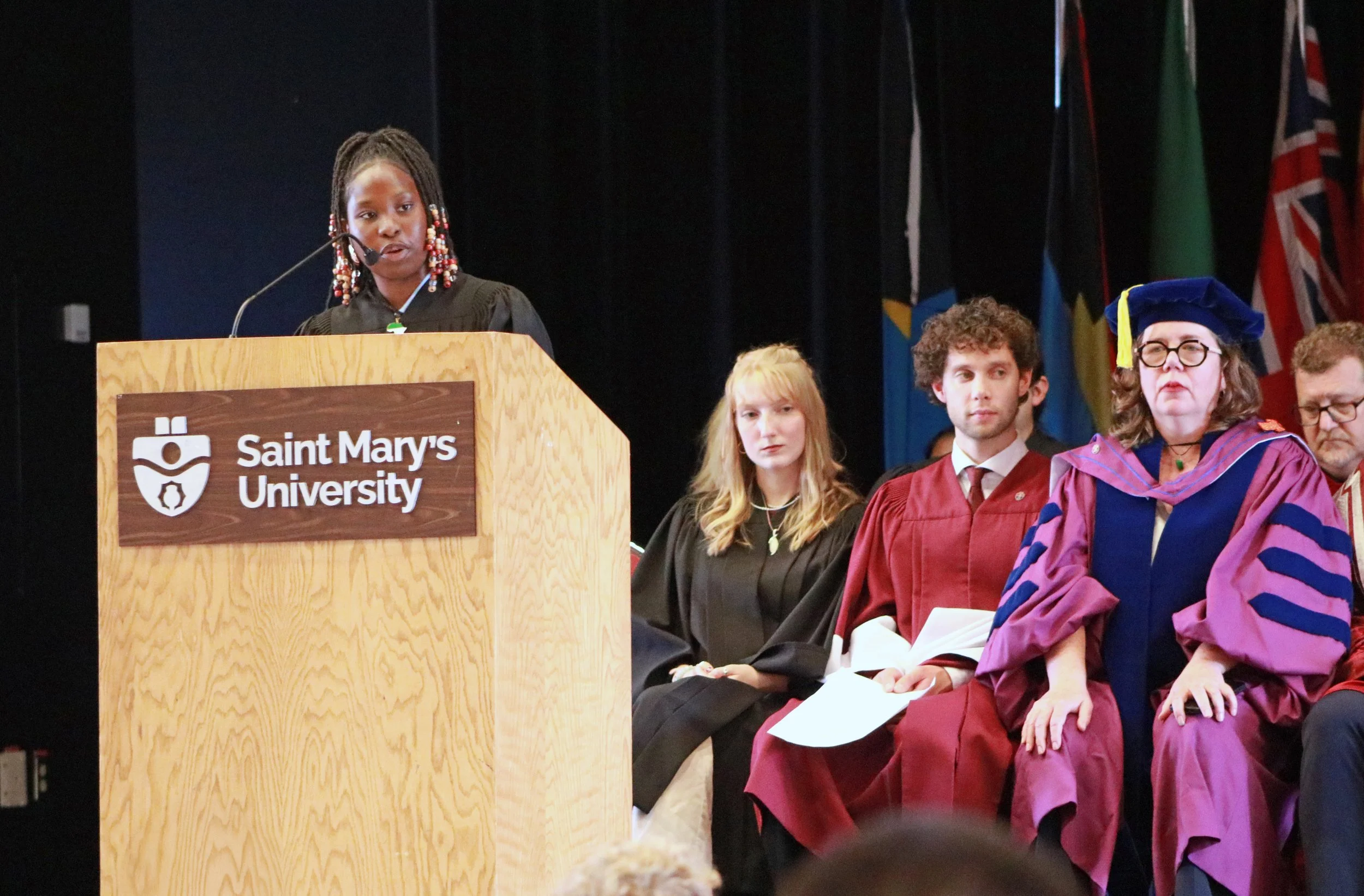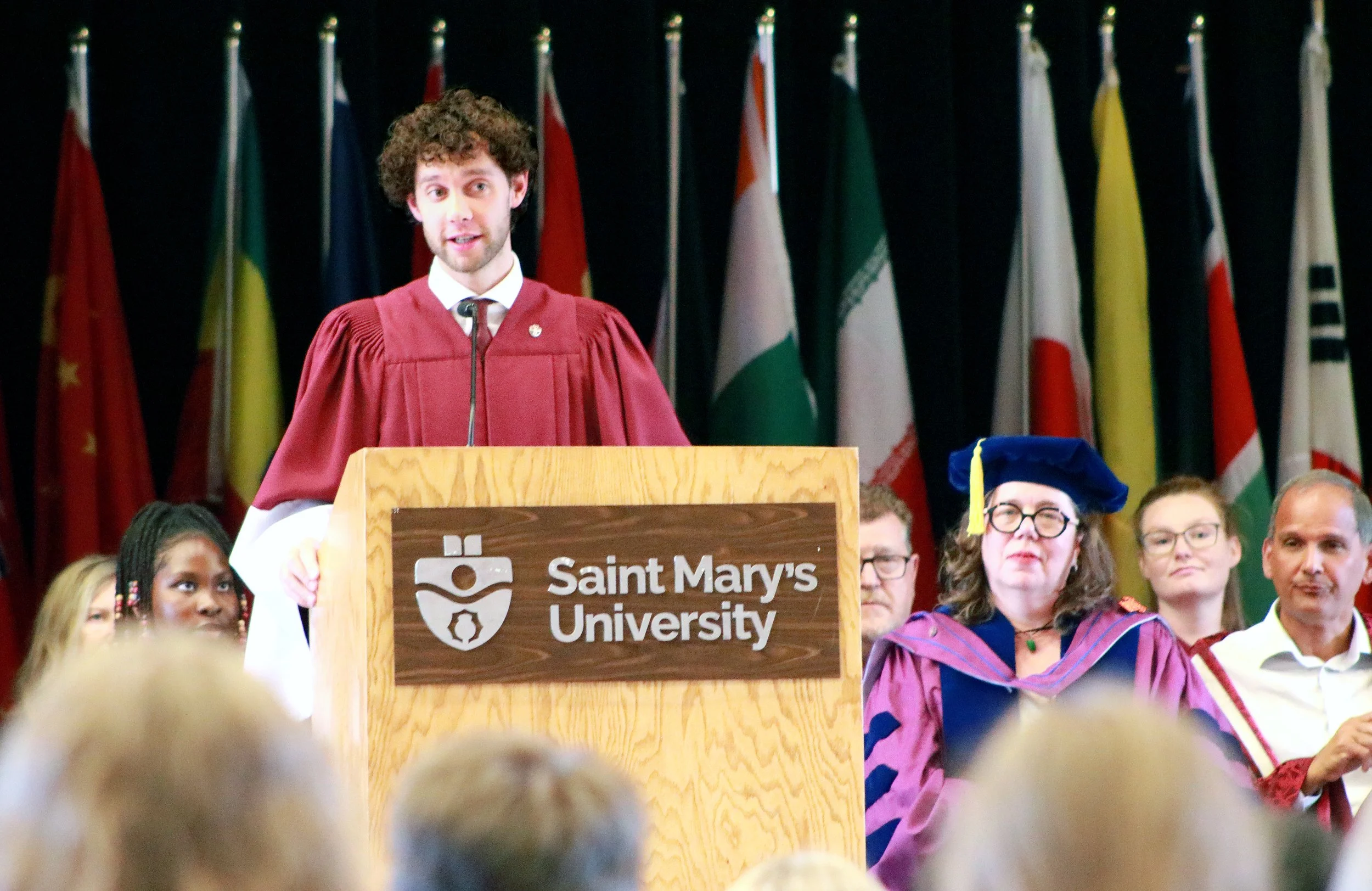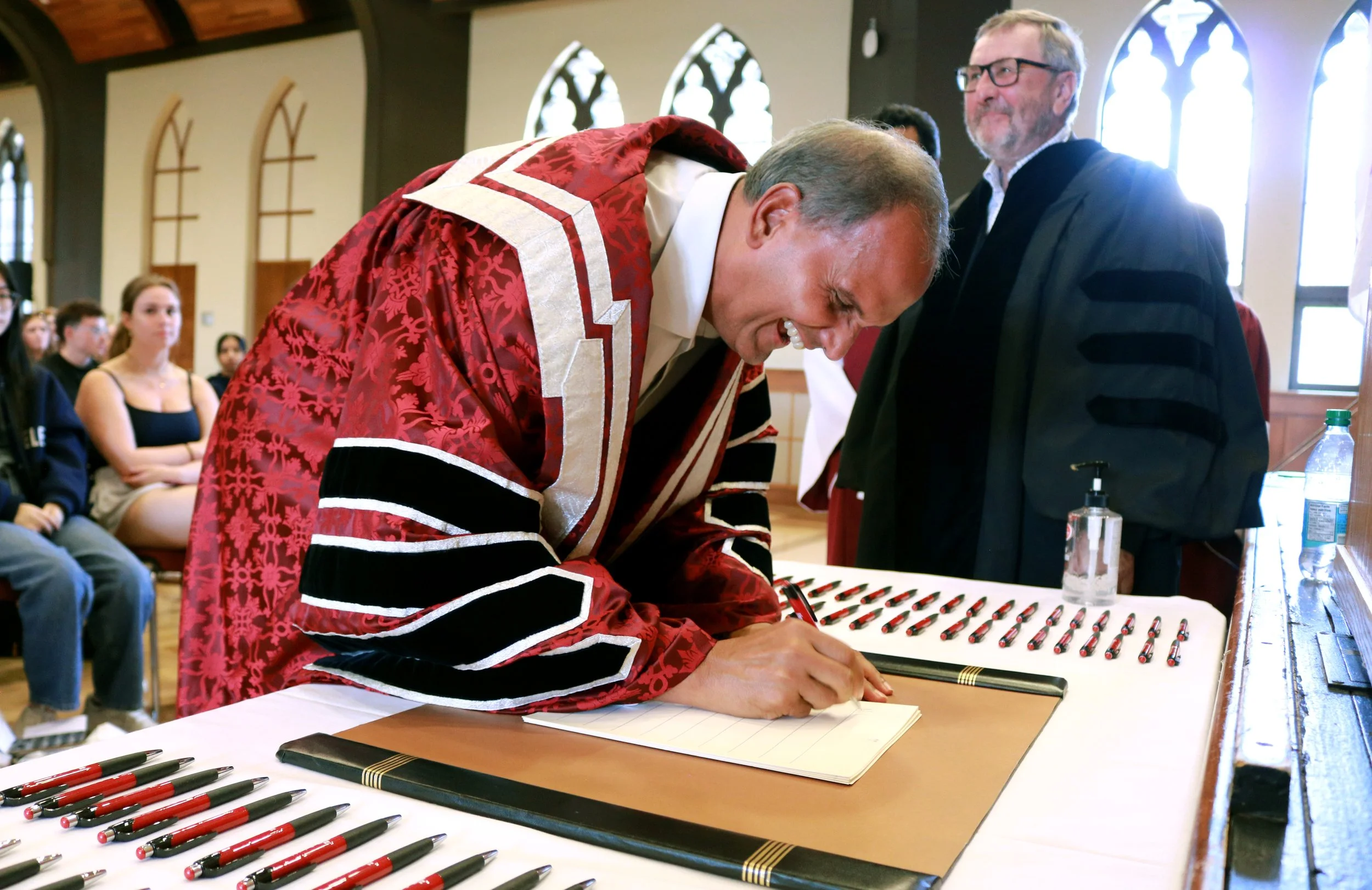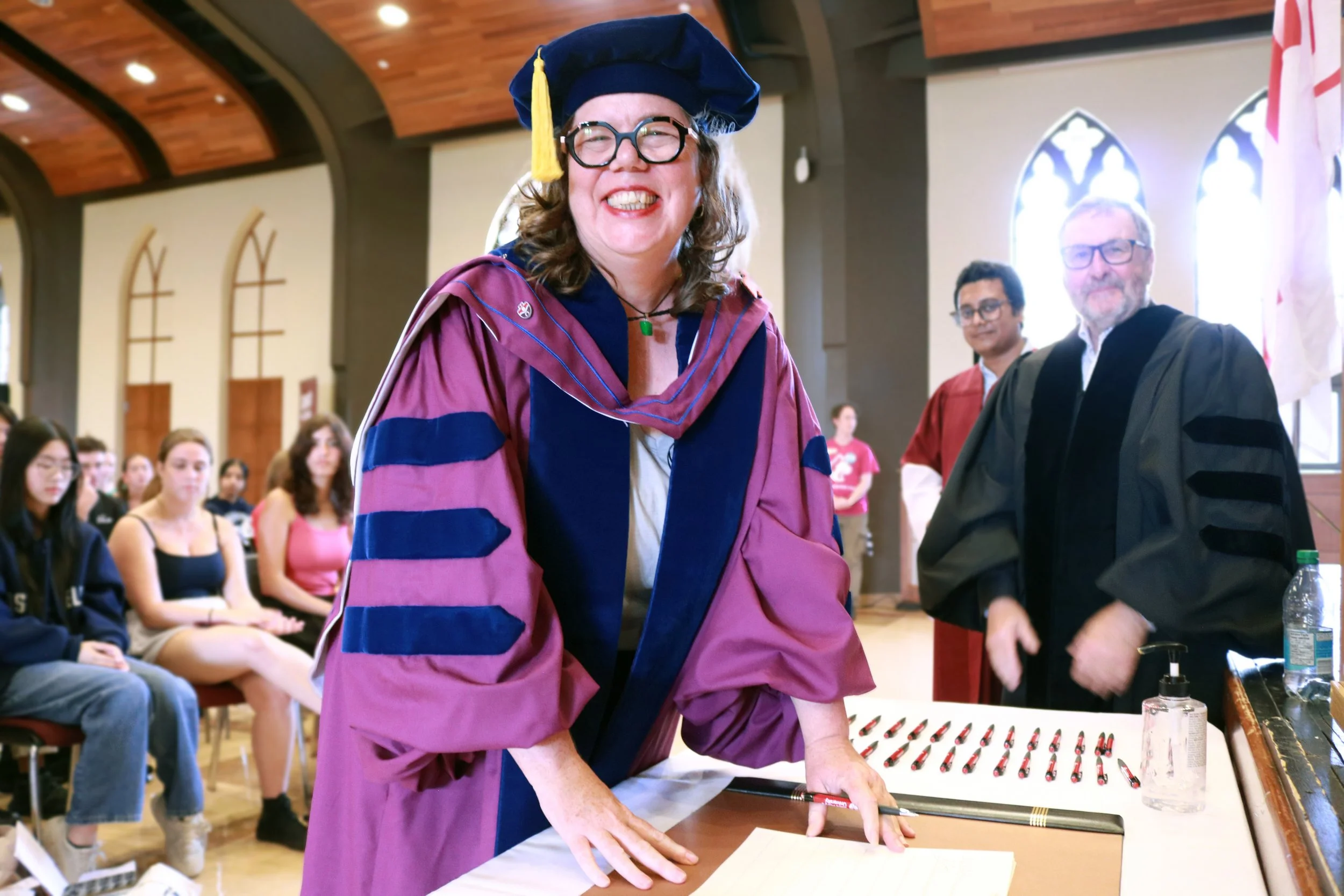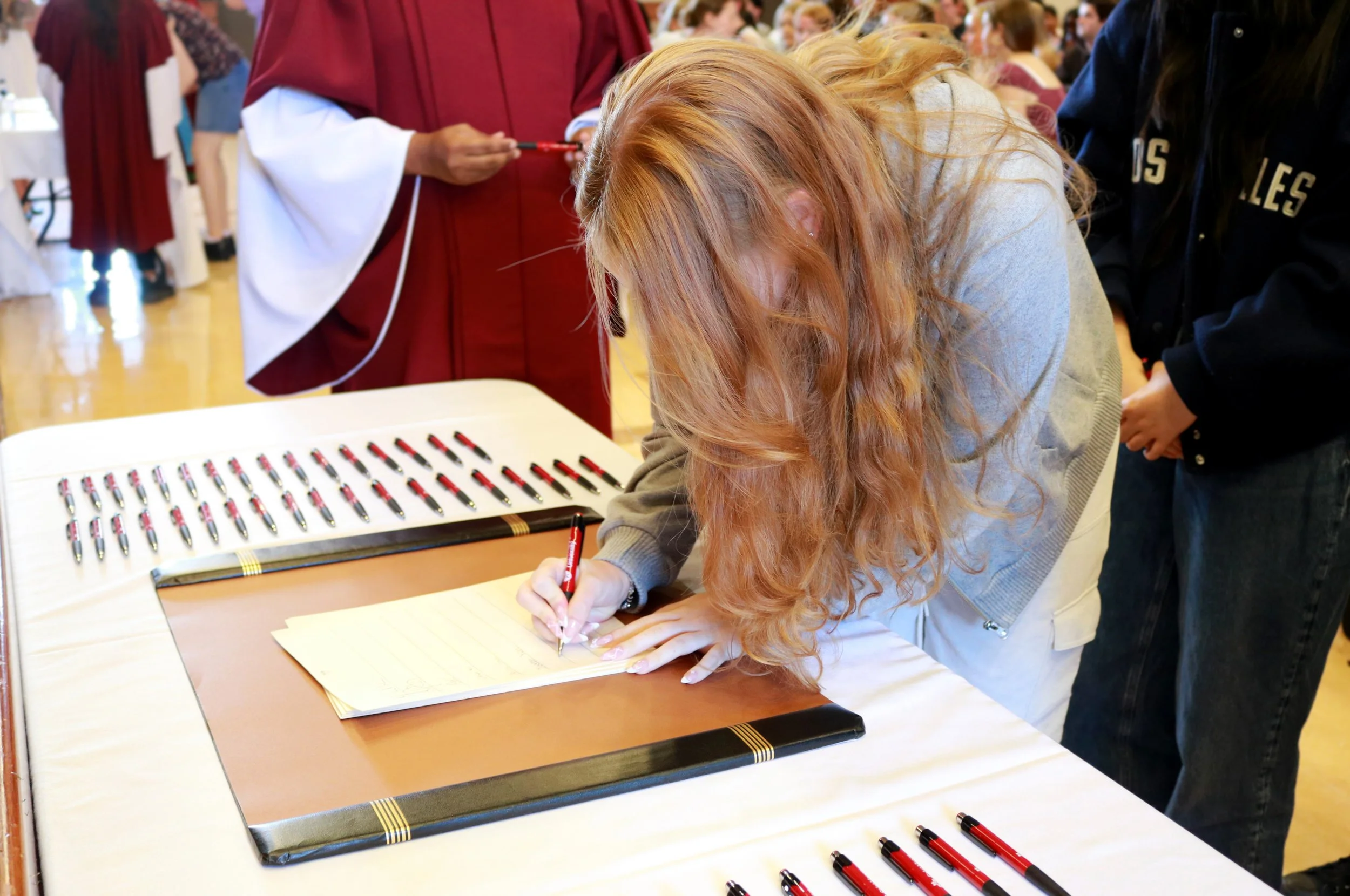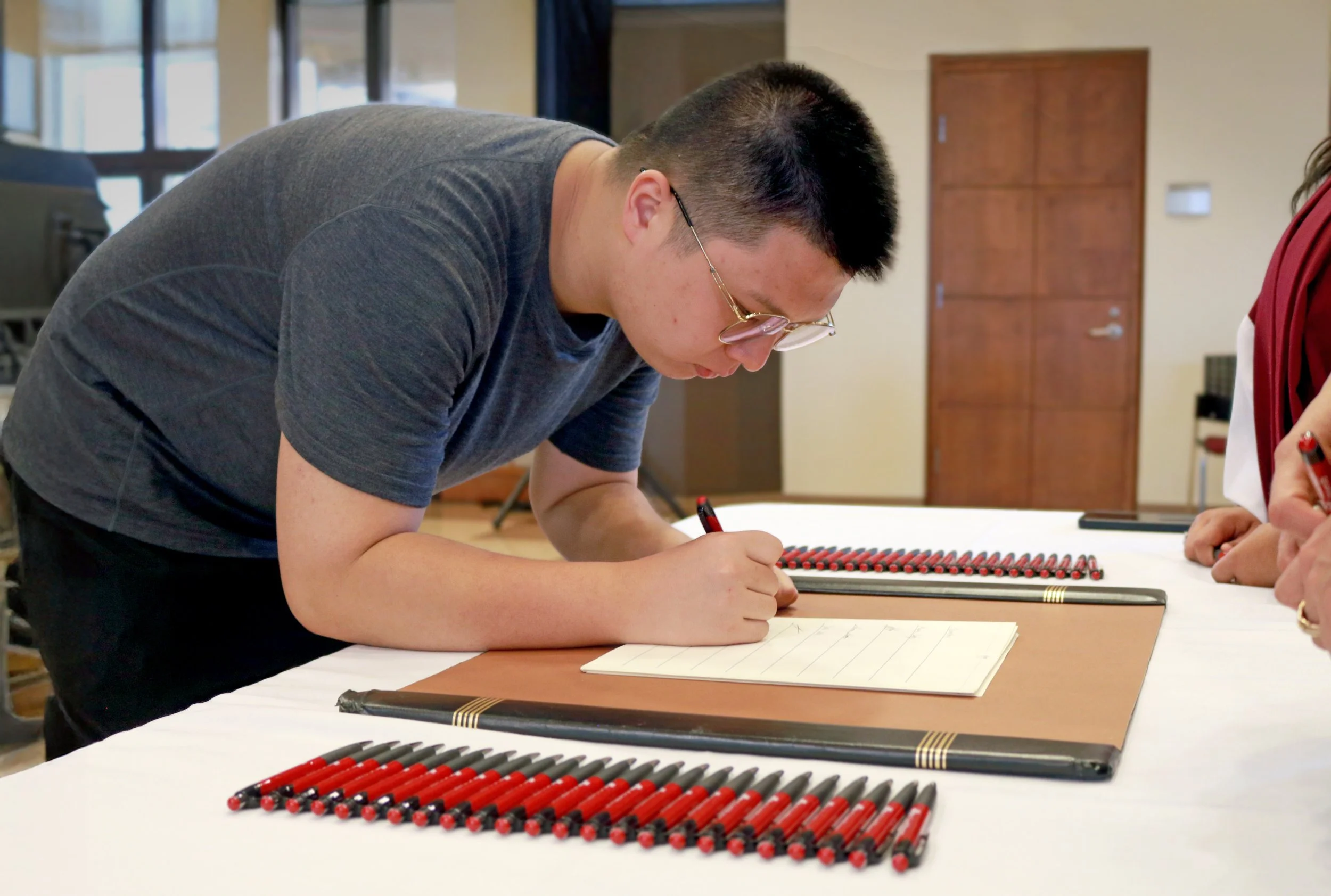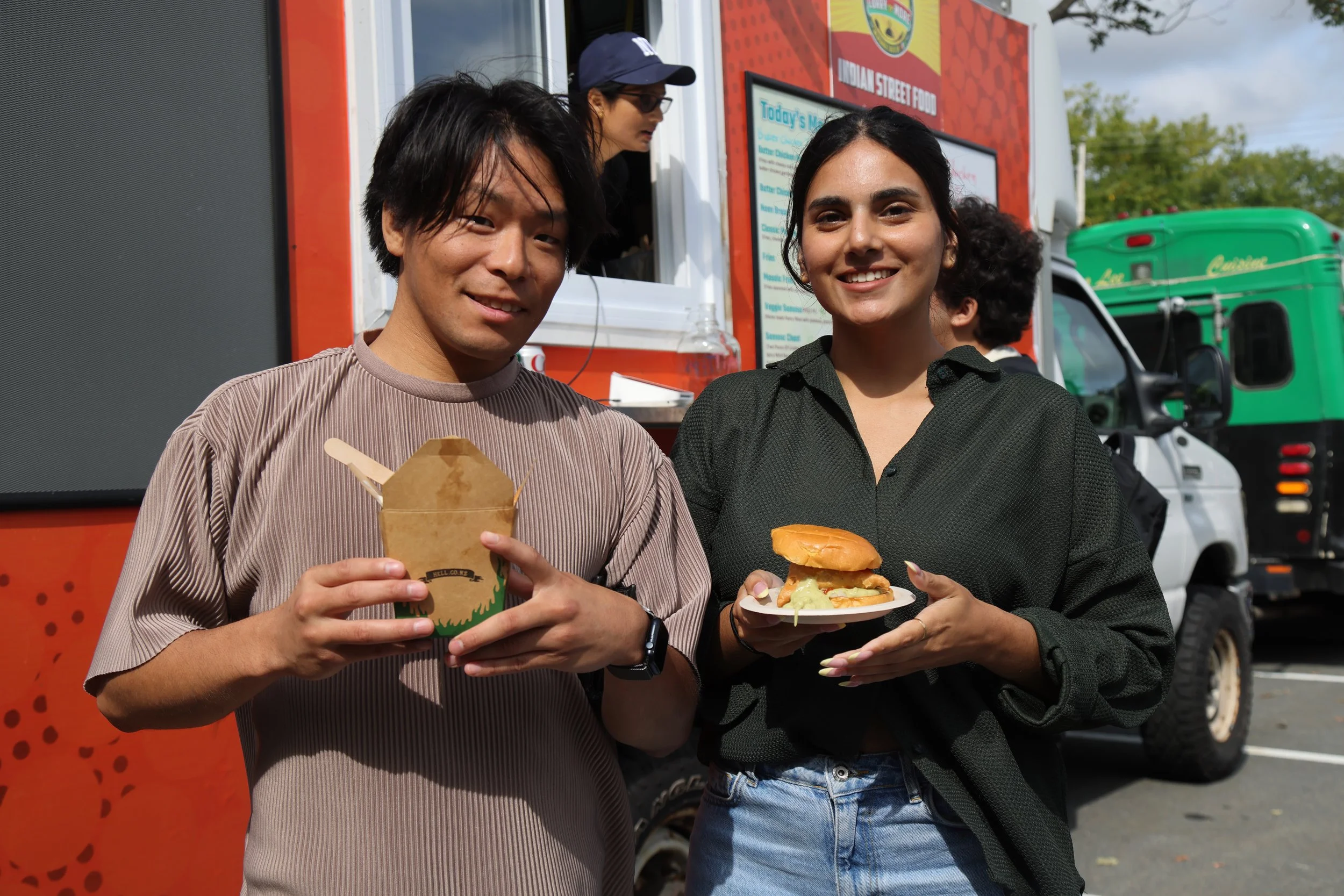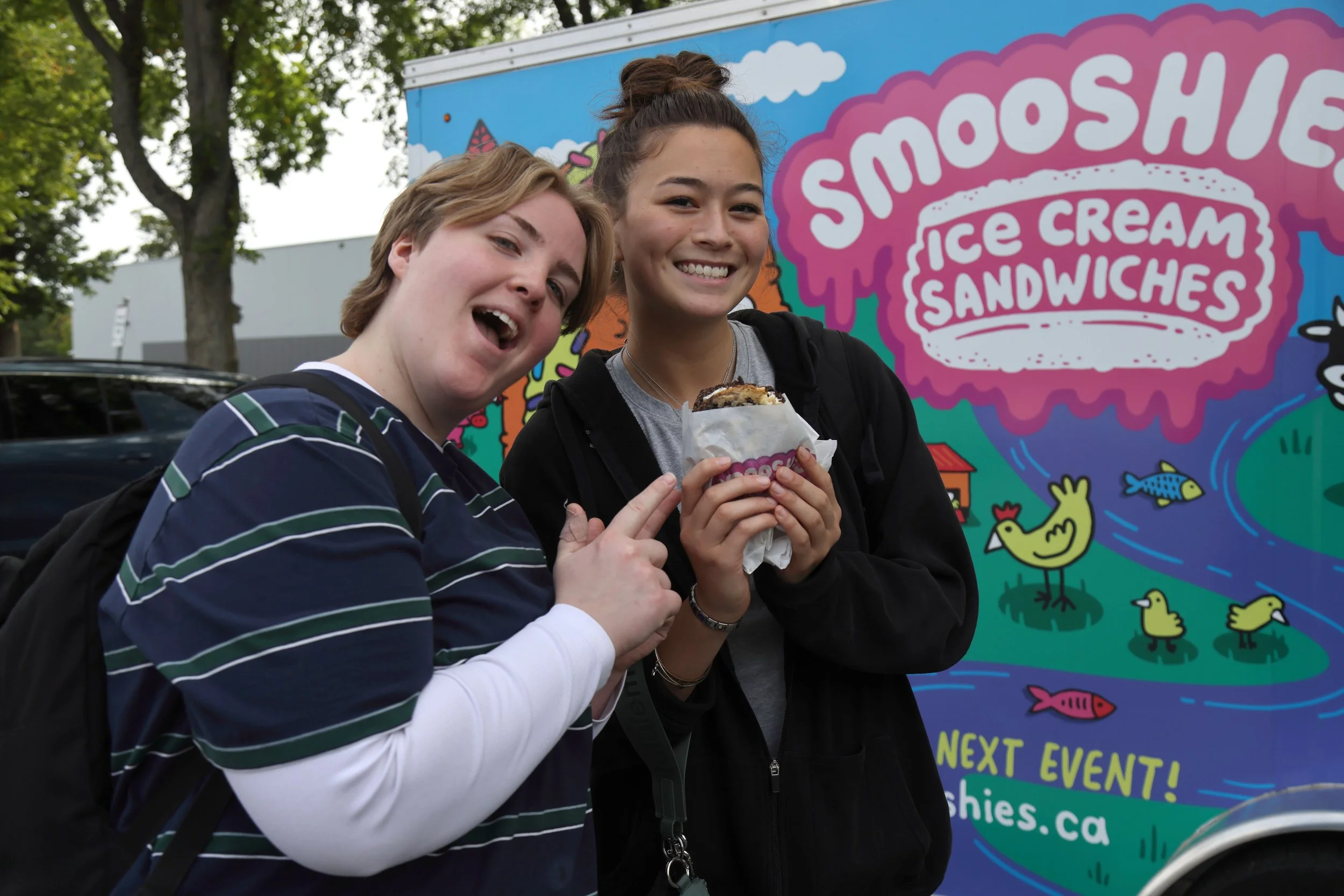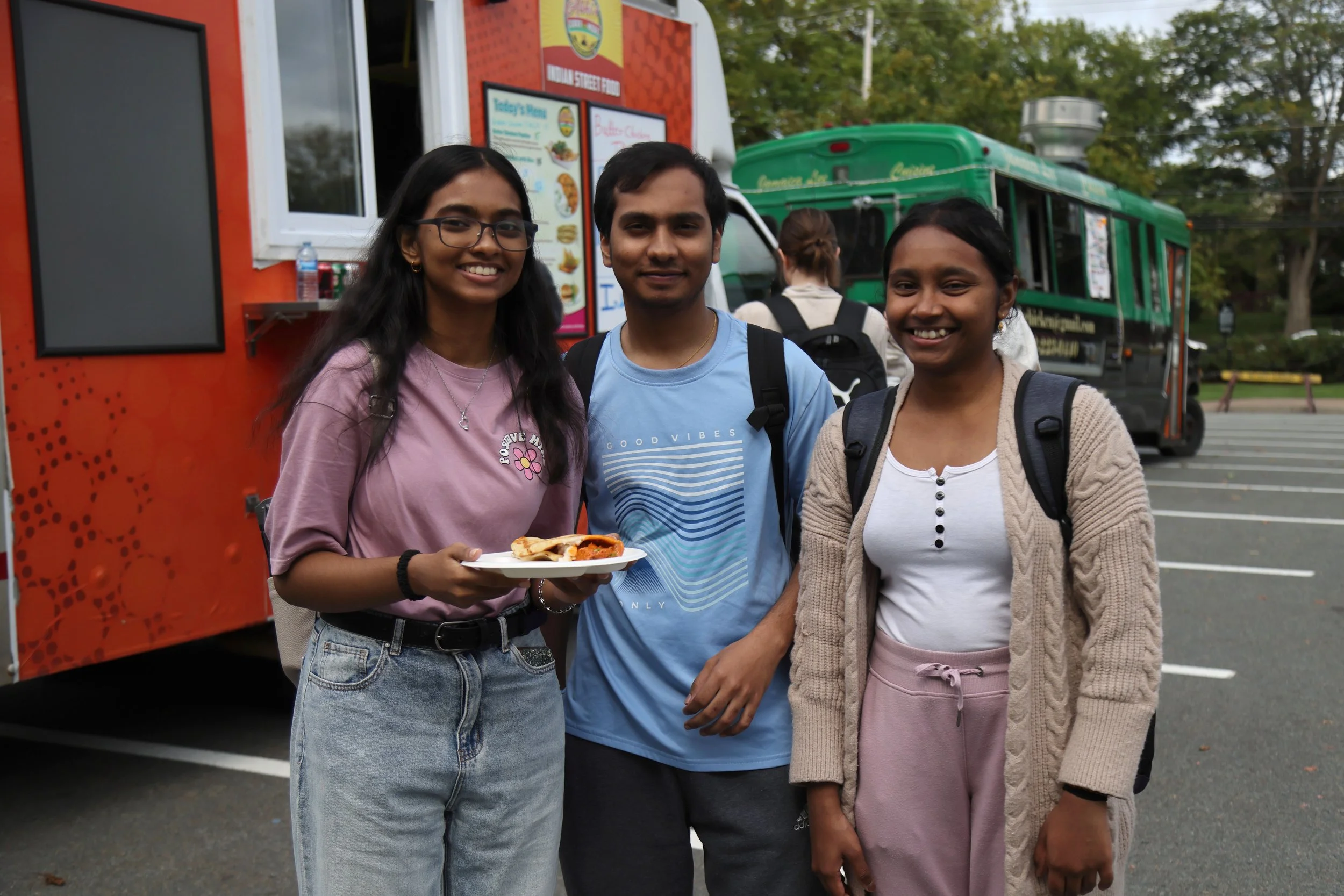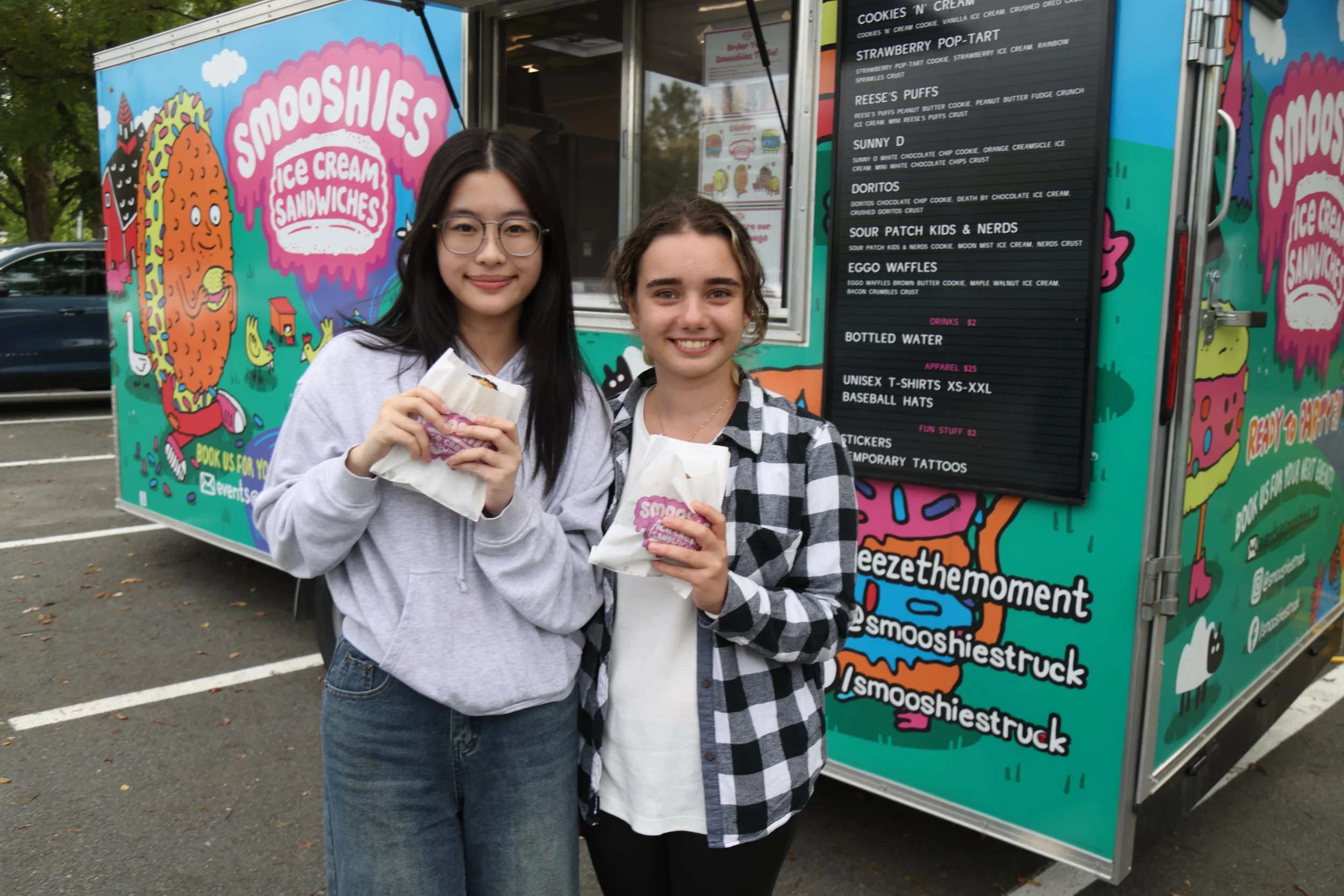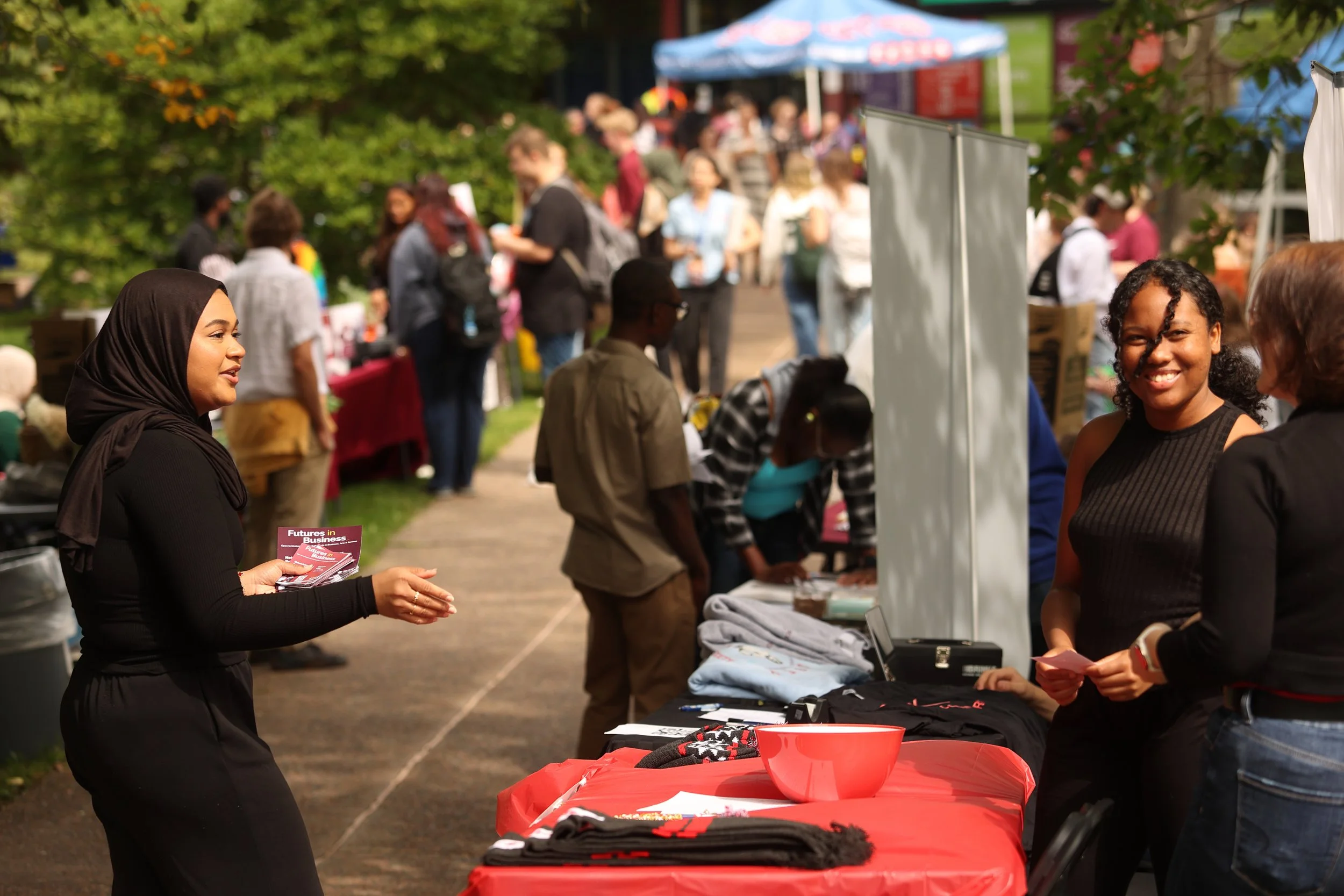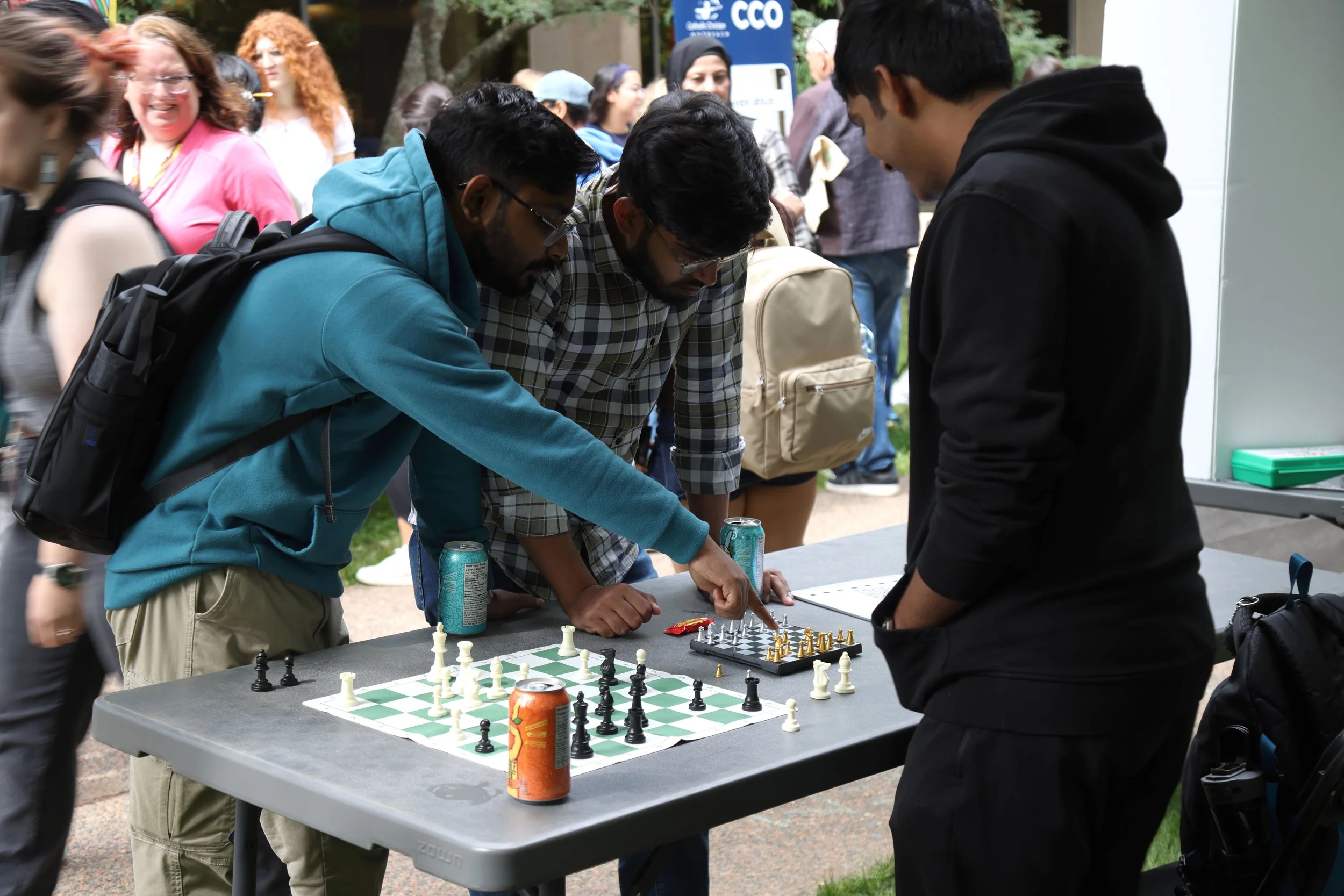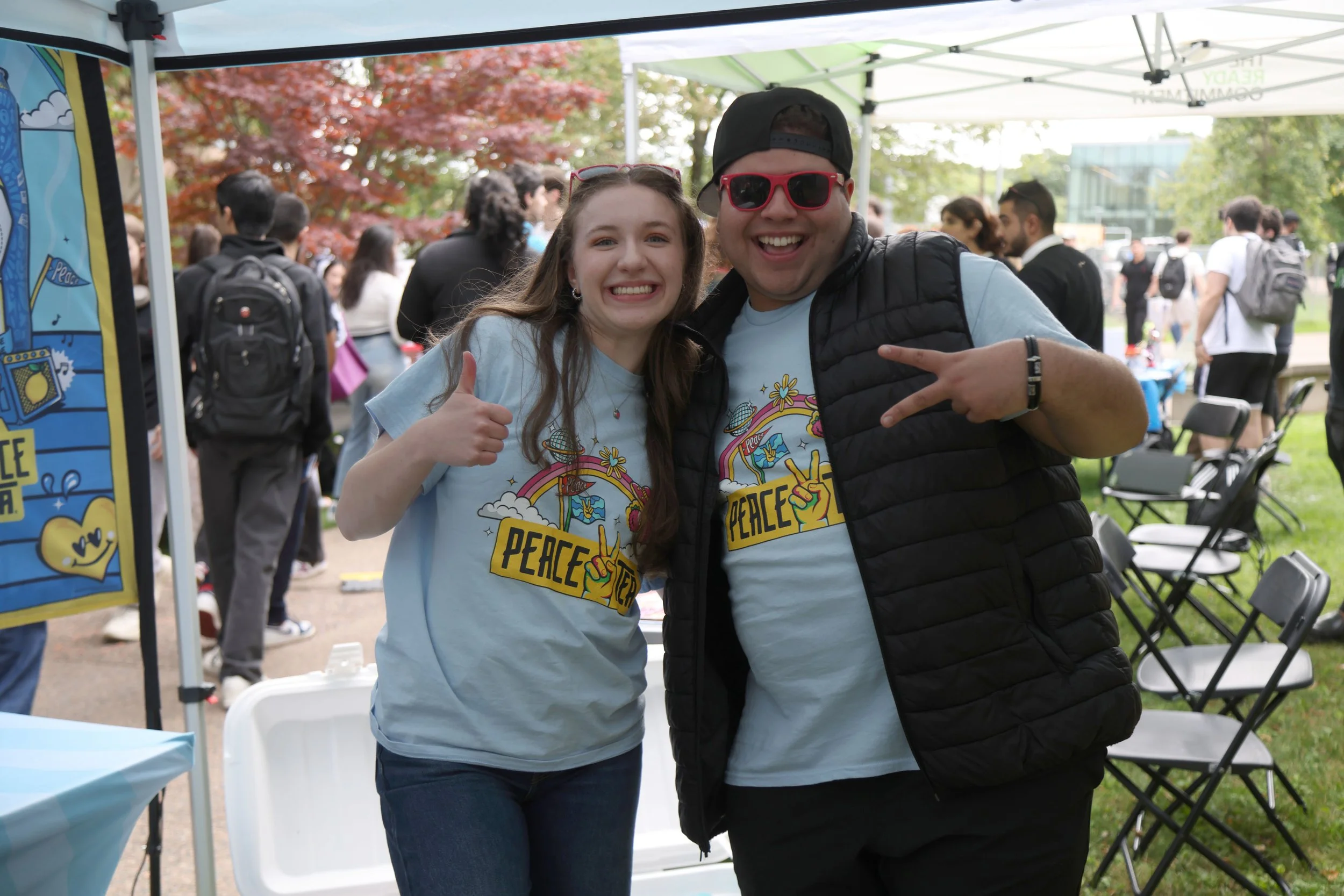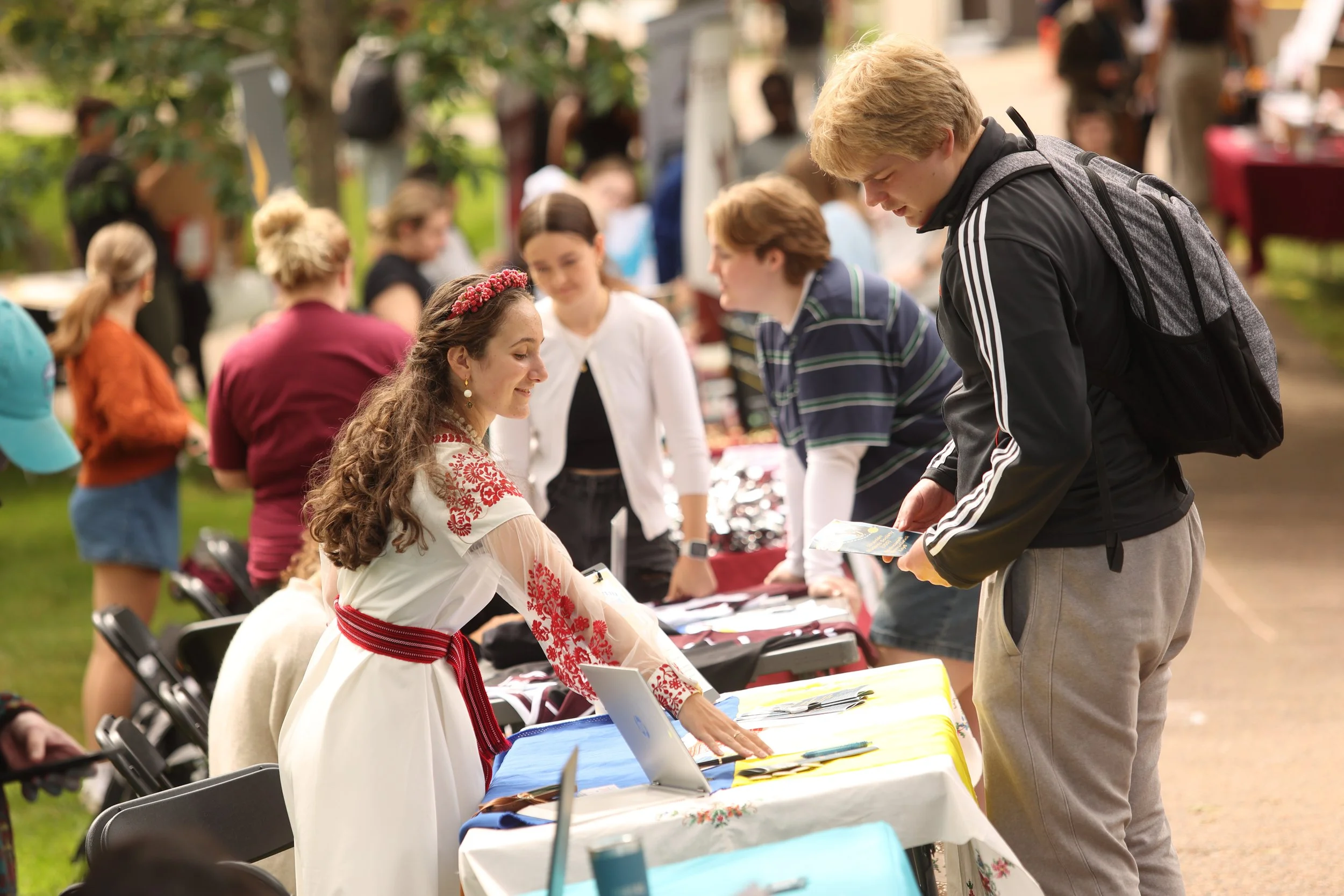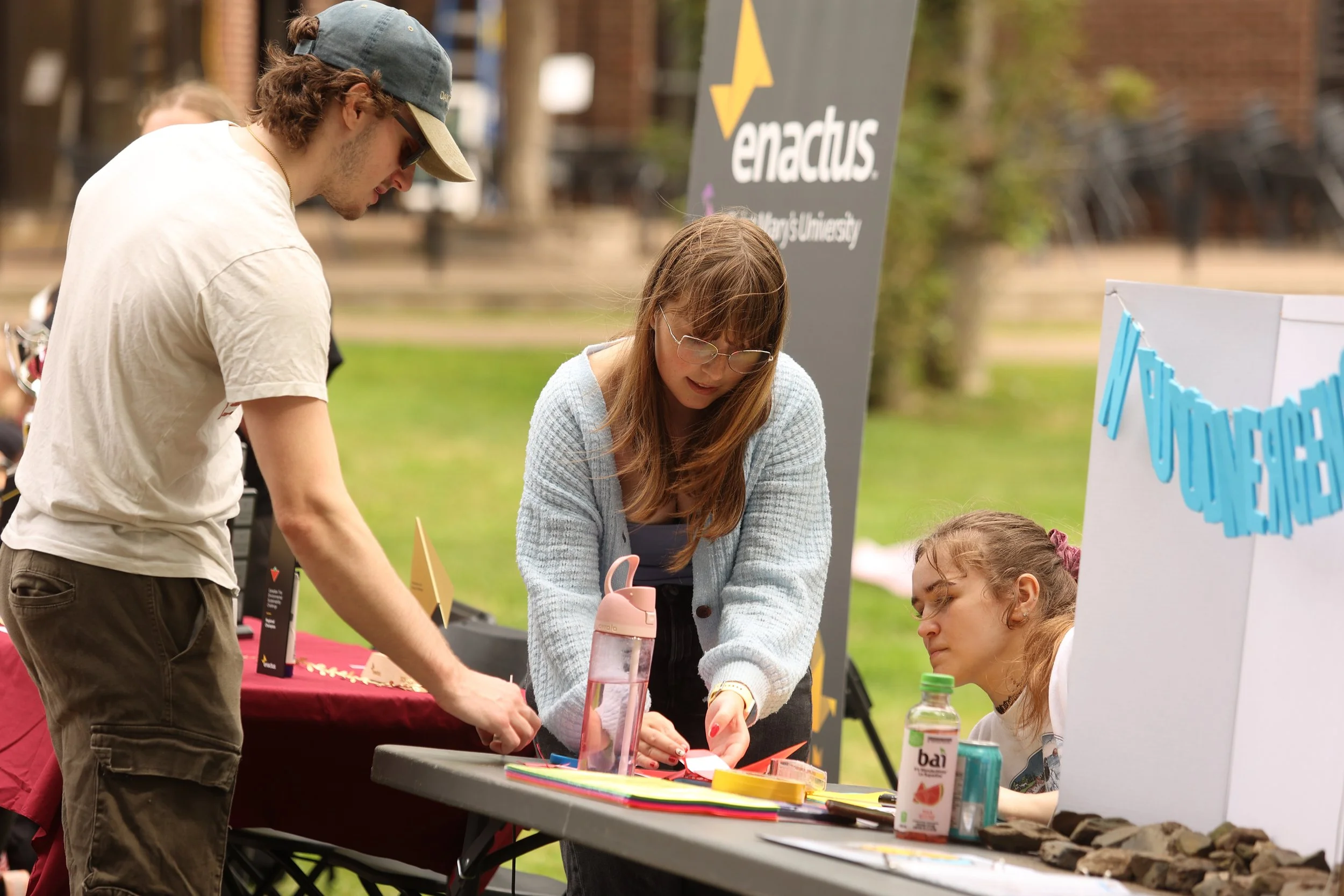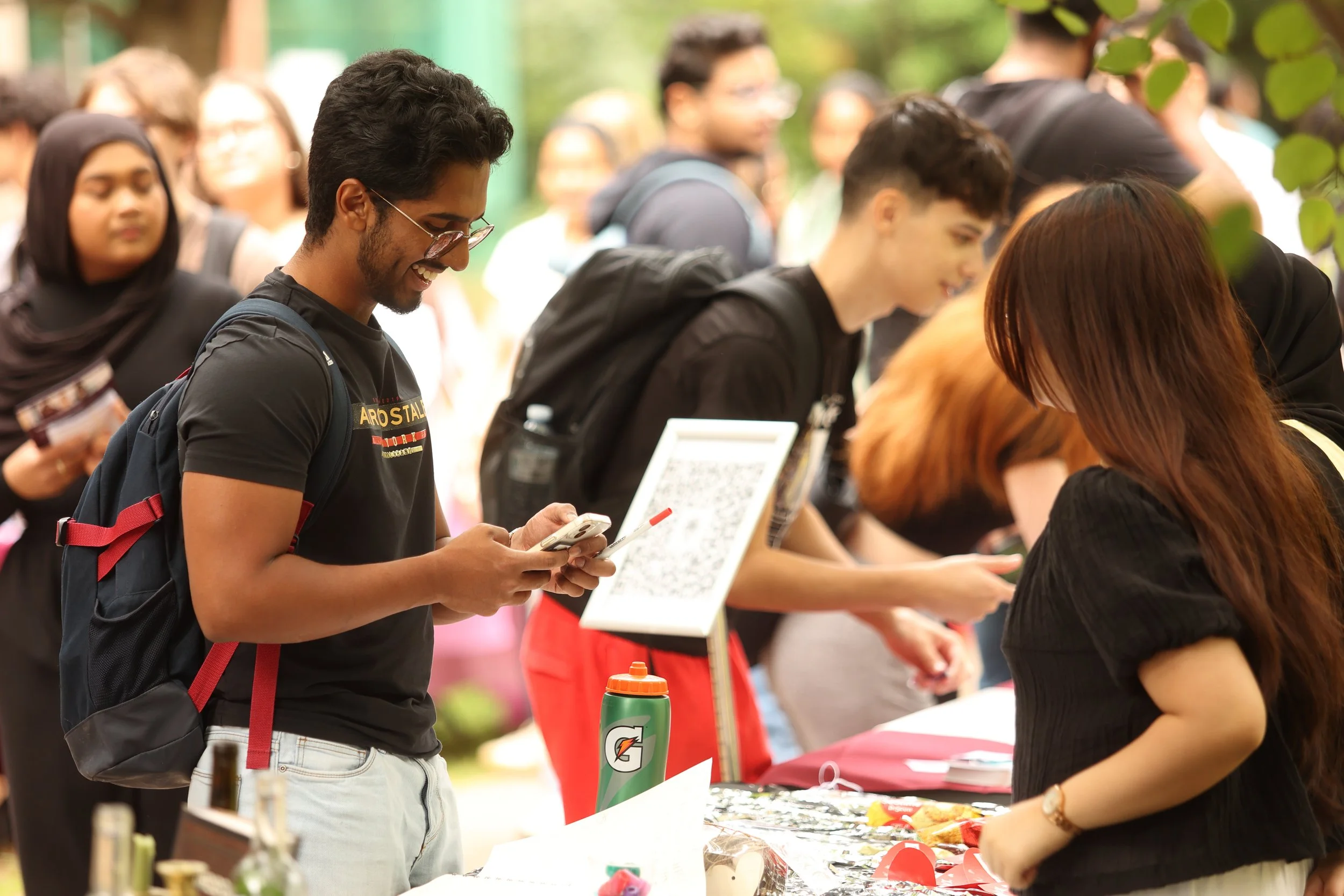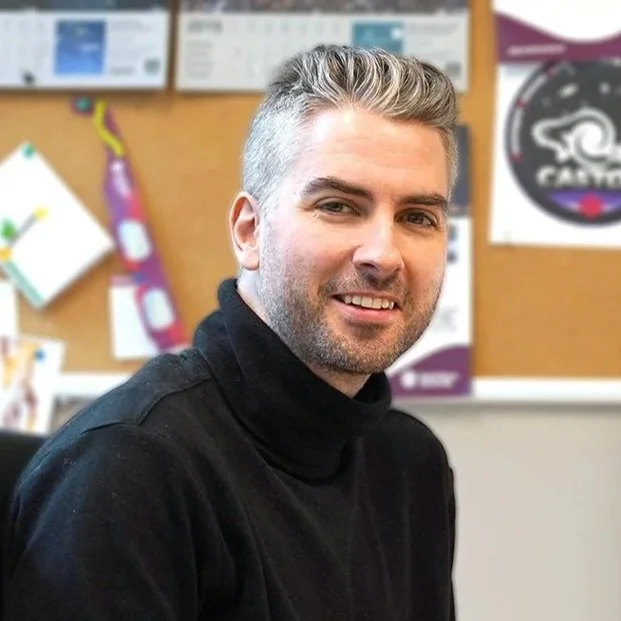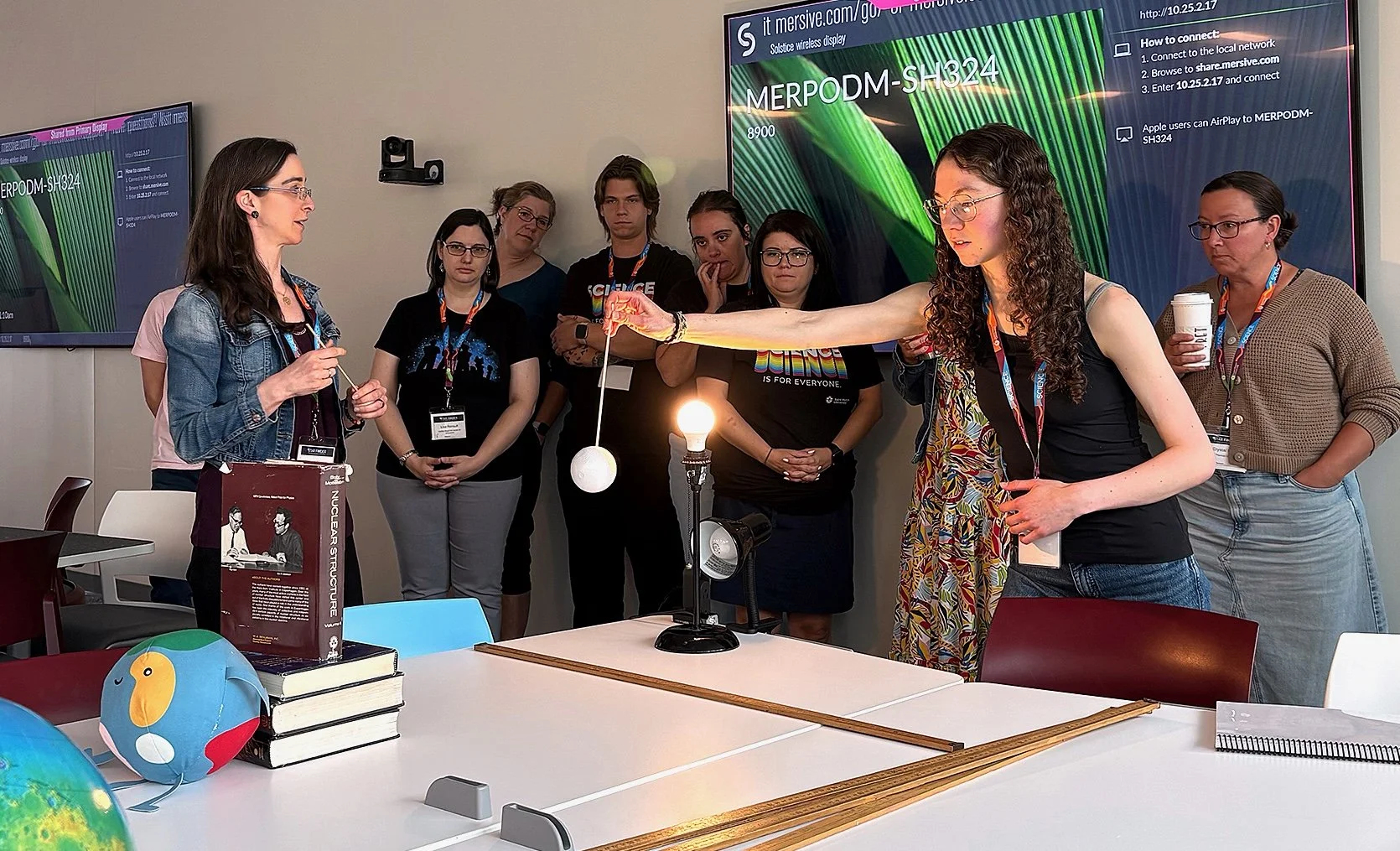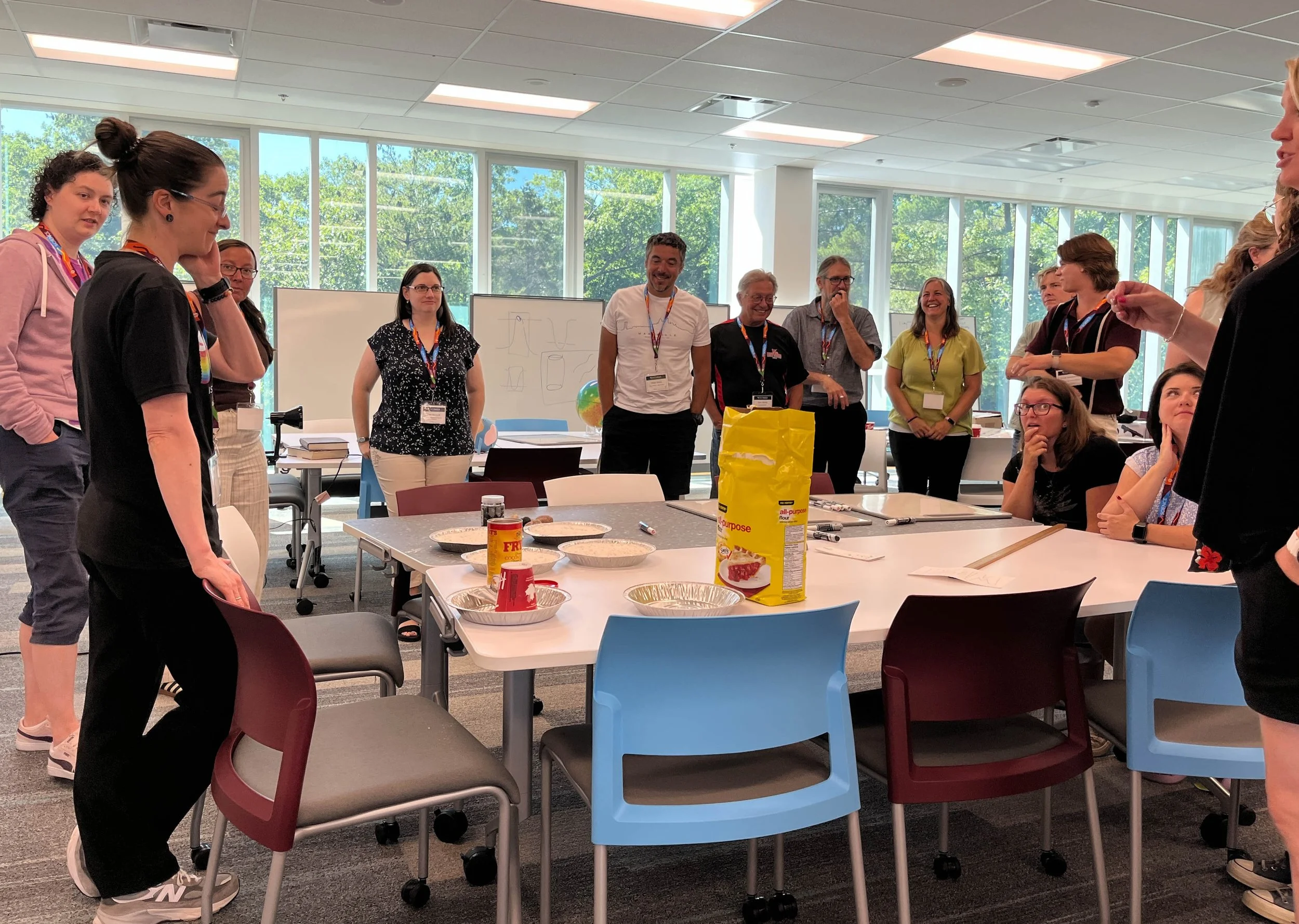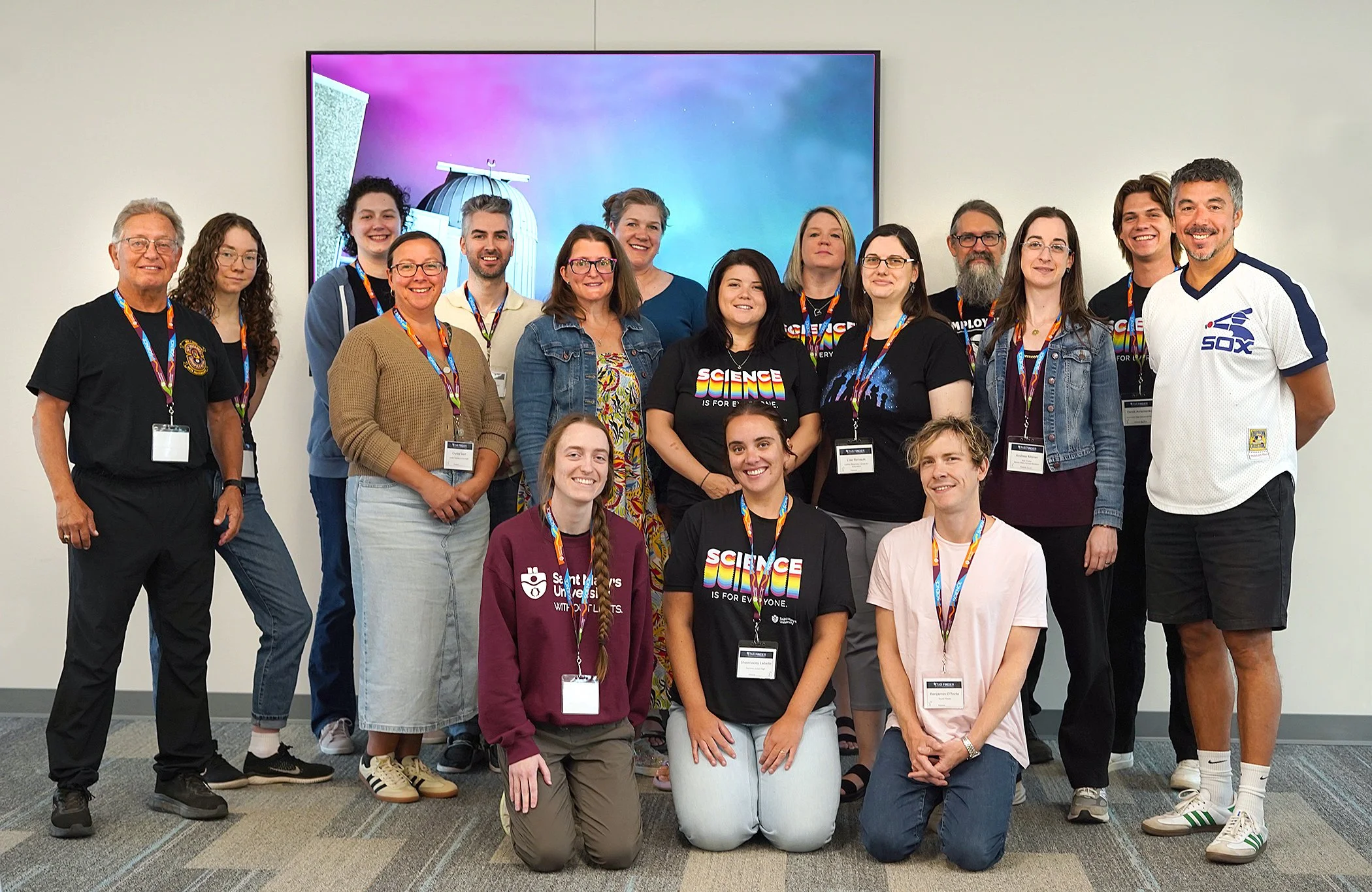The new AI Playground space is located in the Arthur L. Irving Entrepreneurship Centre
Saint Mary’s University has officially unveiled the new AI Playground, an innovative resource space designed to provide students, faculty and community members with hands‑on experience in artificial intelligence.
Located in the Sobeys Inspiration Hub within the Arthur L. Irving Entrepreneurship Centre, the room offers a collaborative environment for learning and development.
The space provides free access to different AI platforms and programs
The AI Playground is open to students, faculty, staff, businesses and community members
The space features 11 AI‑powered applications, supporting everything from organization and note‑taking to creating simple websites for small businesses. Beyond software, the room incorporates voice‑command lighting, a smart TV and visual displays.
Loona, the robot dog
A crowd‑pleaser is Loona, a smart robot dog that’s continually learning new tricks and commands, adding a playful element to the playground.
“We are thrilled to open our new AI Playground, a space where students actively tackle complex problems and innovate,” says Michael Sanderson, Director of the Arthur L. Irving Entrepreneurship Centre. “Students won’t just learn about AI, they’ll use it as a tool to shape the future. This space is a launchpad for the next generation of problem‑solvers.”
The AI Playground is open to all students, faculty, and community members Monday through Friday, noon to 8 p.m. To support responsible use, first‑time users must complete staff training and an AI ethics course before gaining access.
This approach reflects Saint Mary’s commitment to responsible innovation and critical thinking across teaching and community outreach.
President Michael Khan welcomes community members to the opening of the AI Playground
The Honourable Brendan Maguire, Minister of Advanced Education, was in attendance.
Visit the AI Playground
Where: Sobeys Inspiration Hub, Arthur L. Irving Entrepreneurship Centre
Hours: Monday–Friday, noon–8 p.m.
Open to: Students, faculty and the public
How to access: Take a brief orientation + AI ethics module on your first visit

